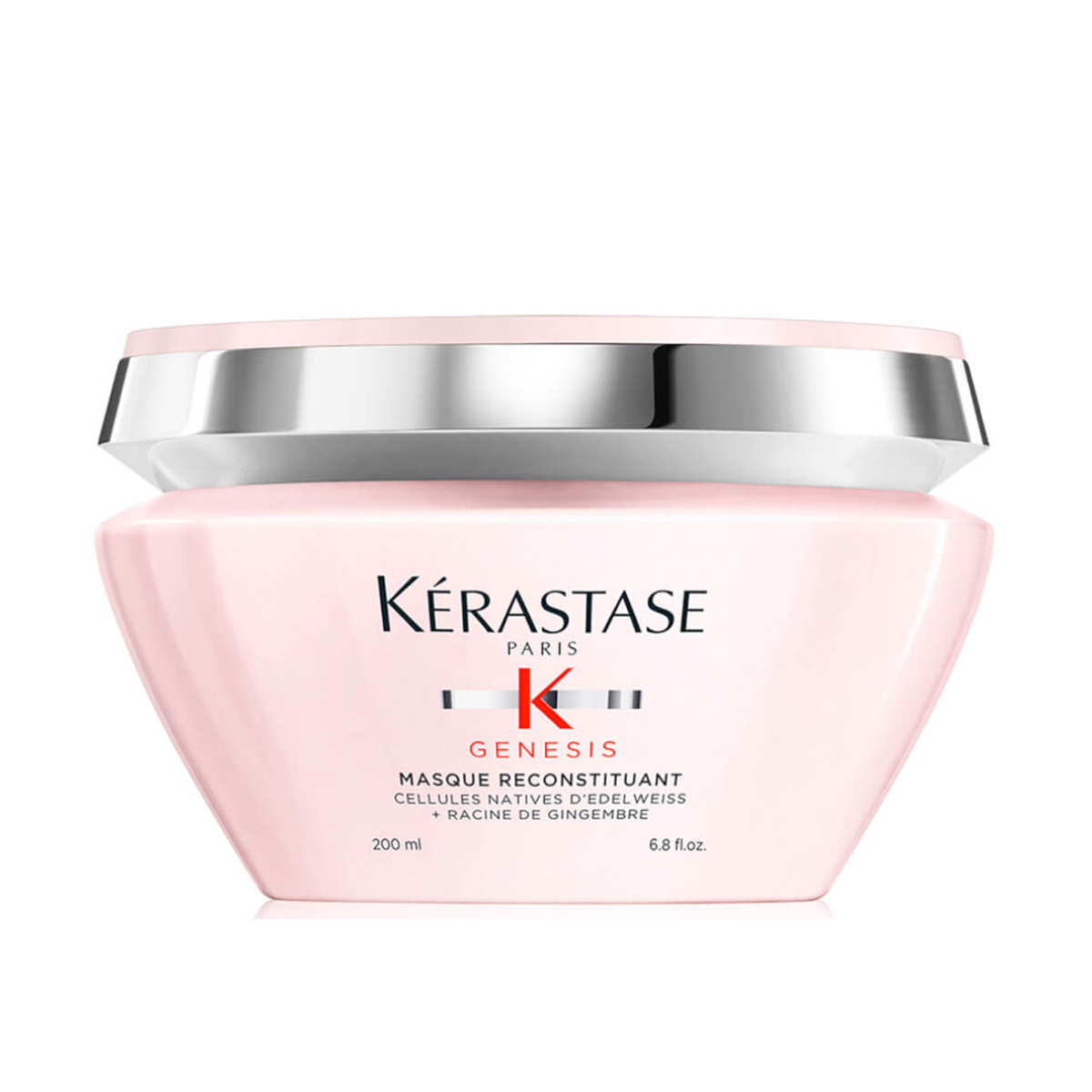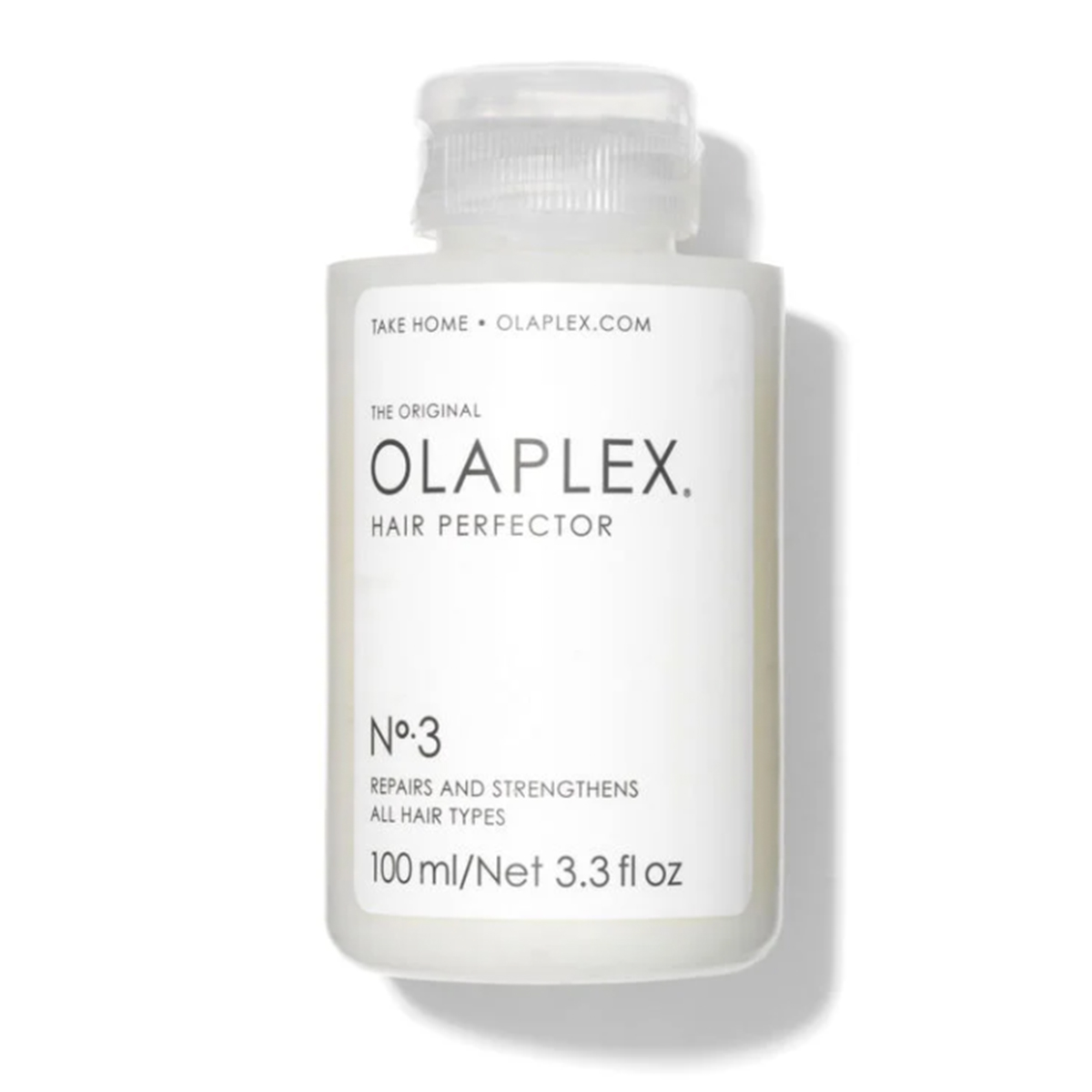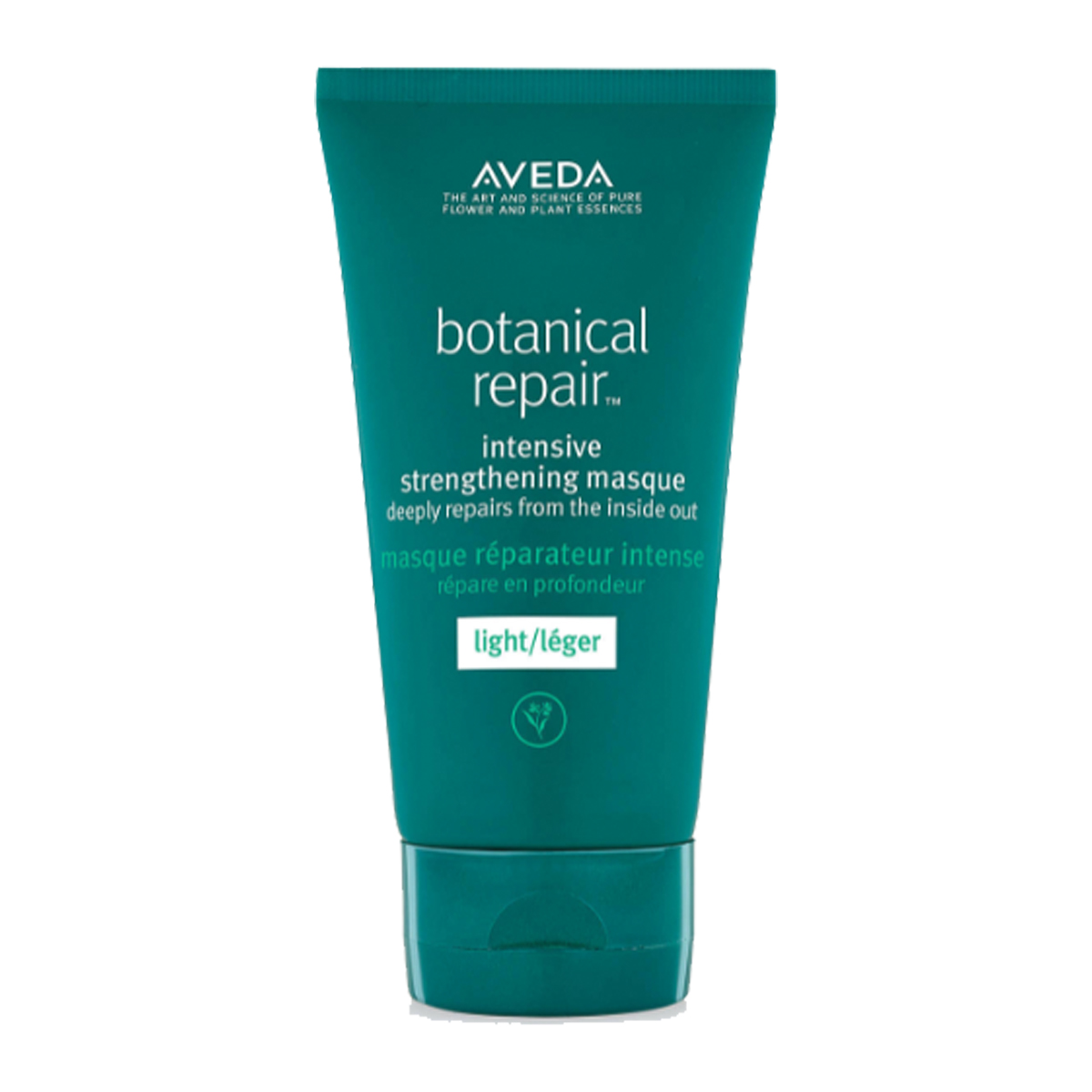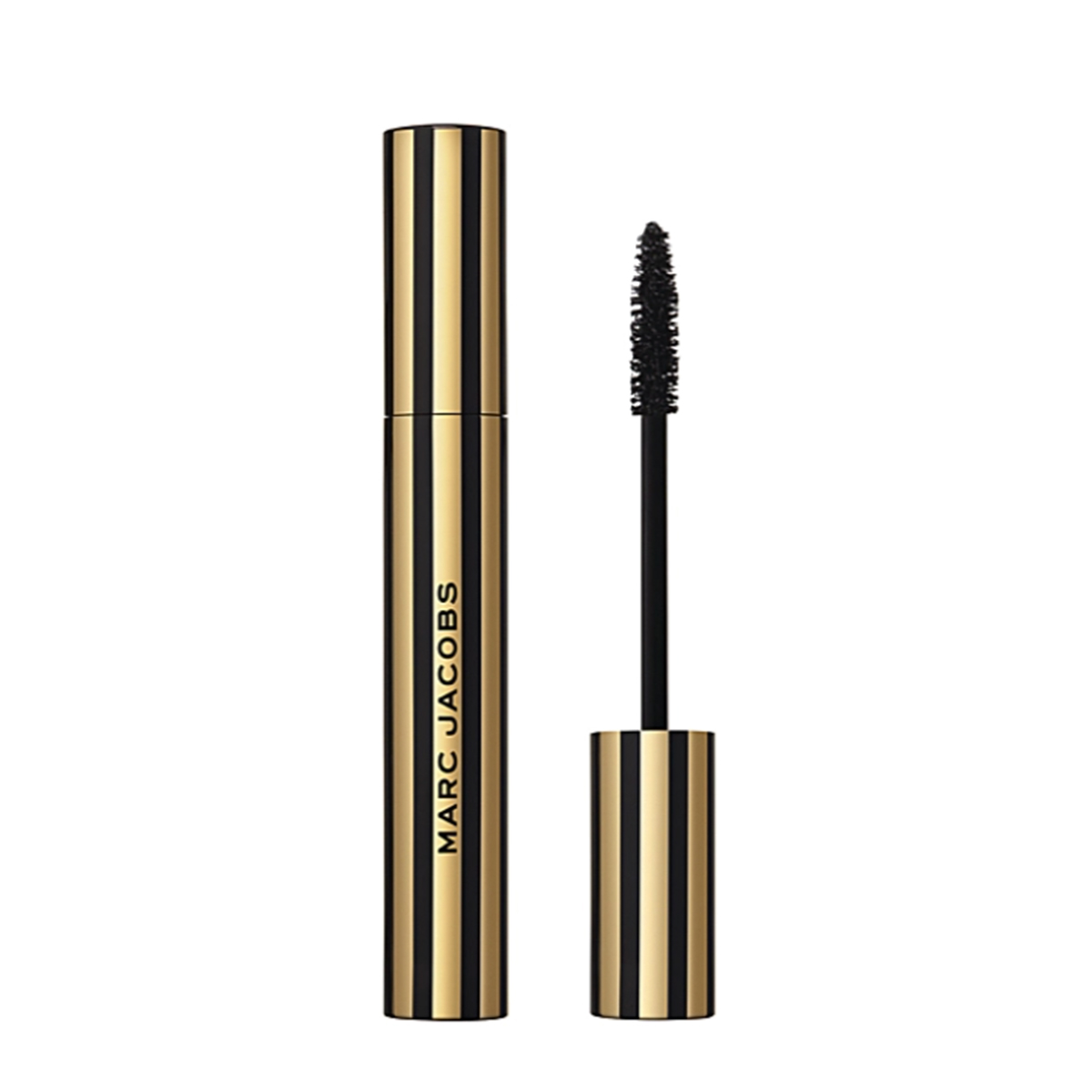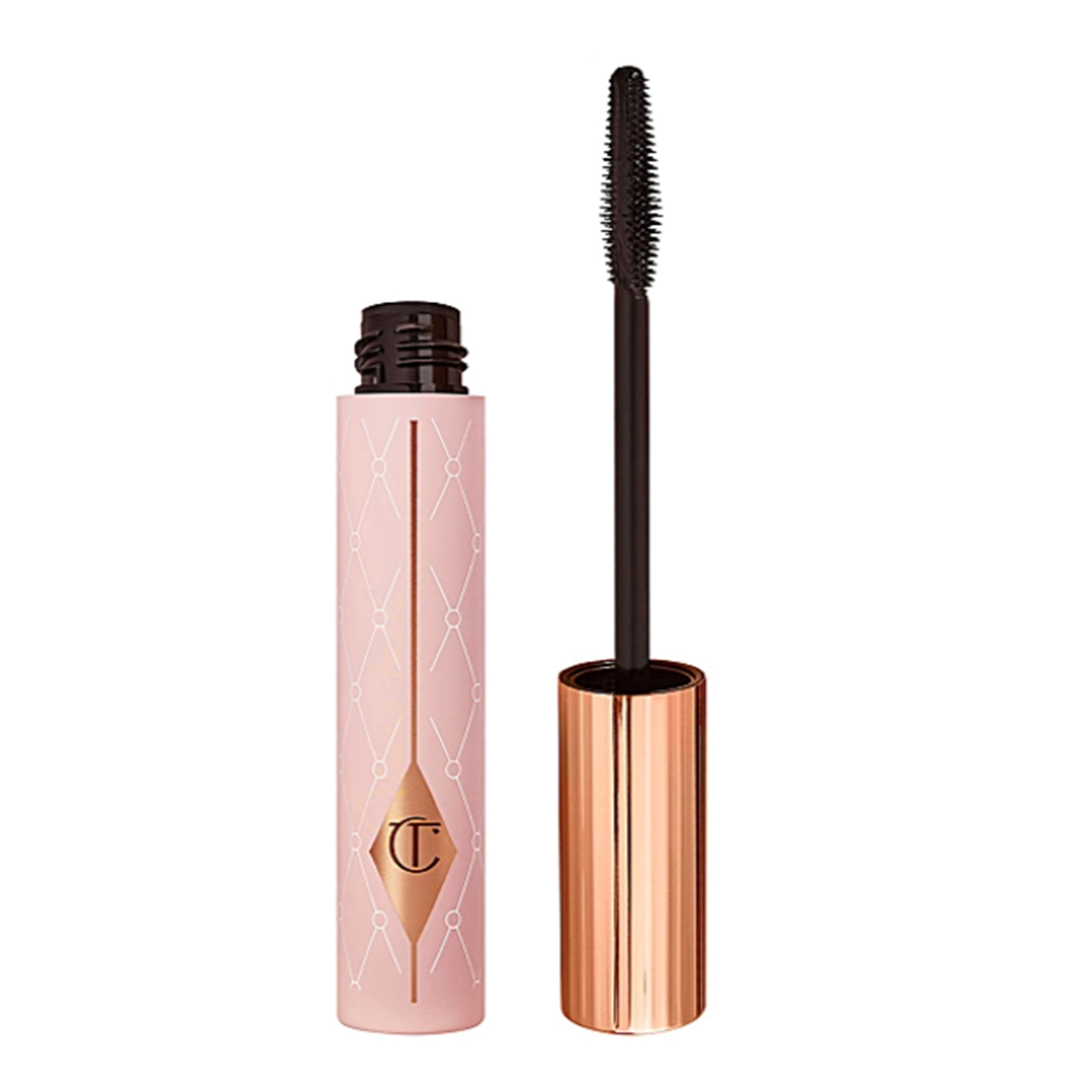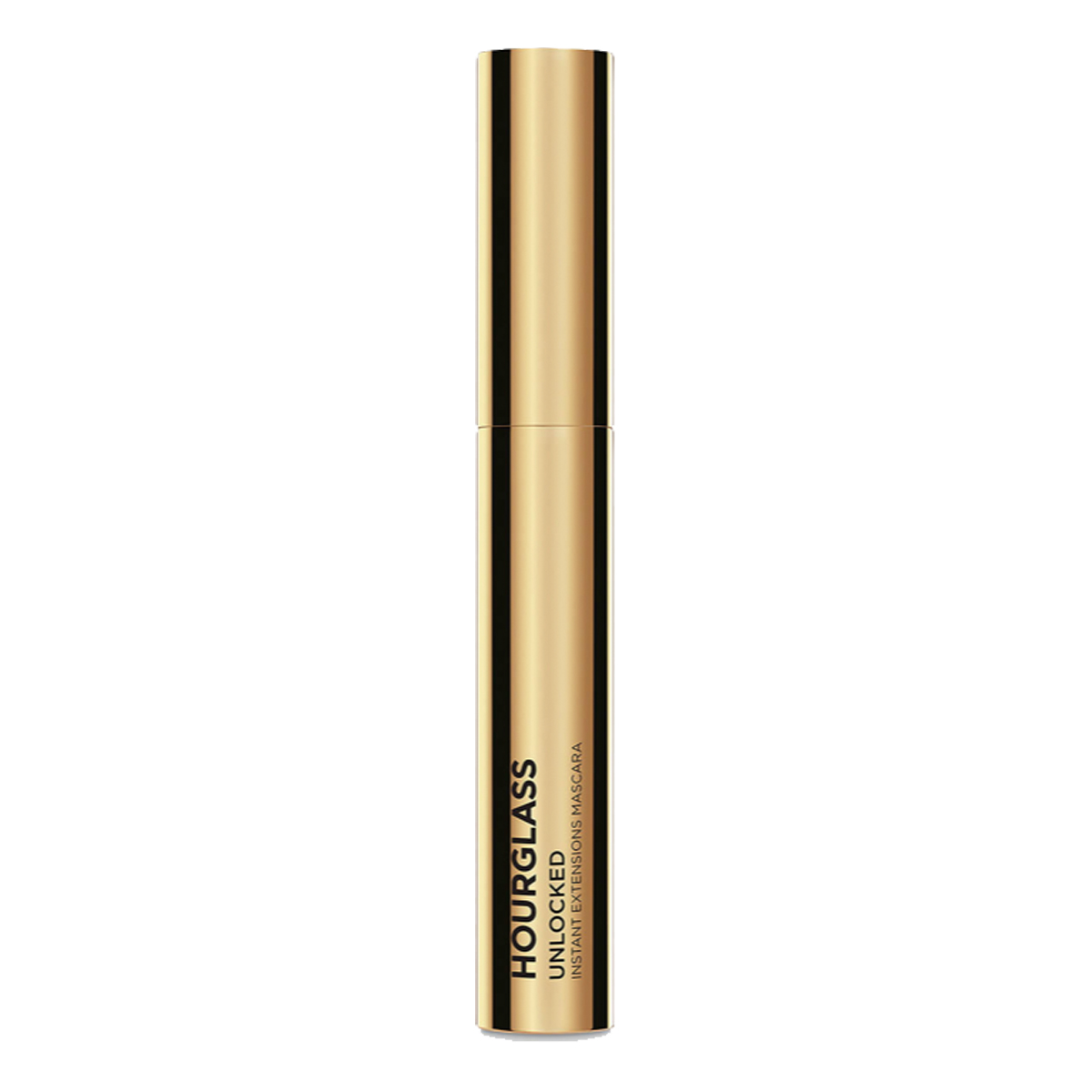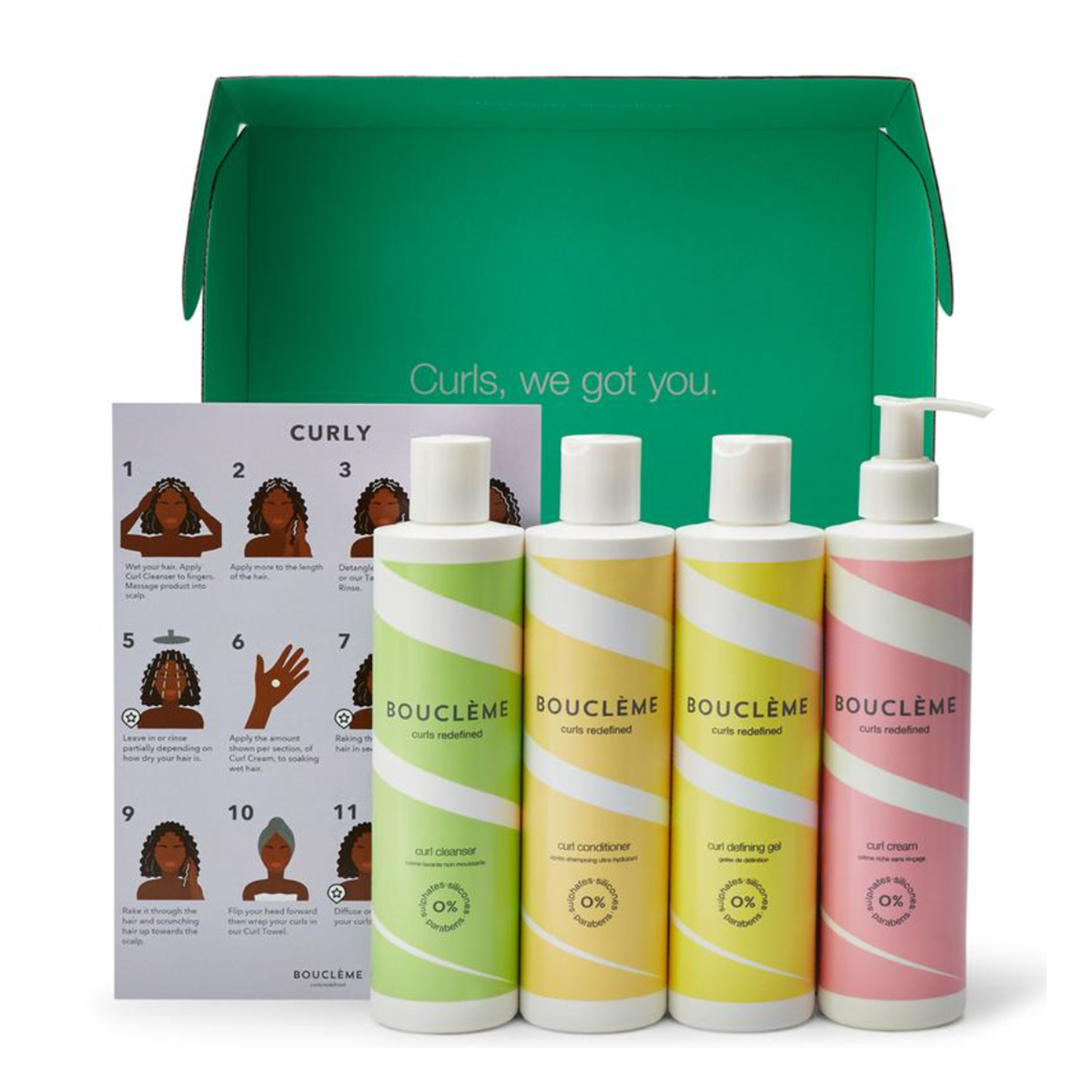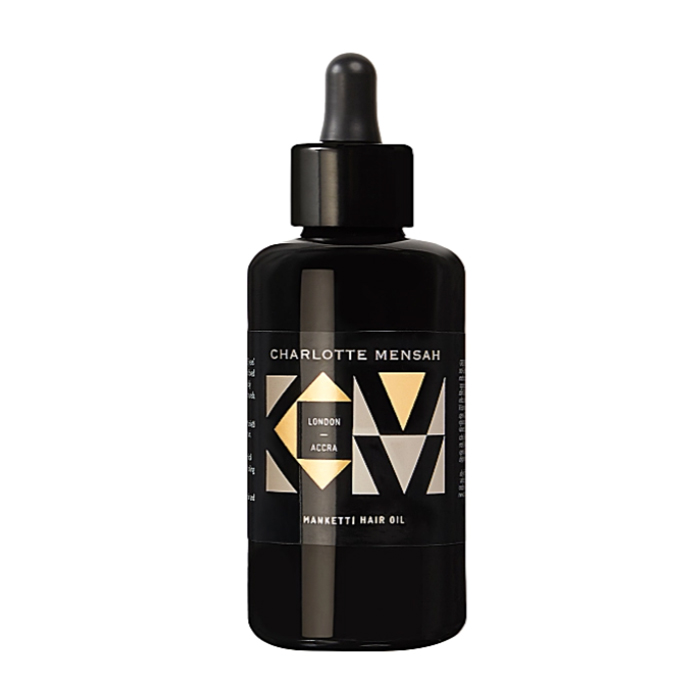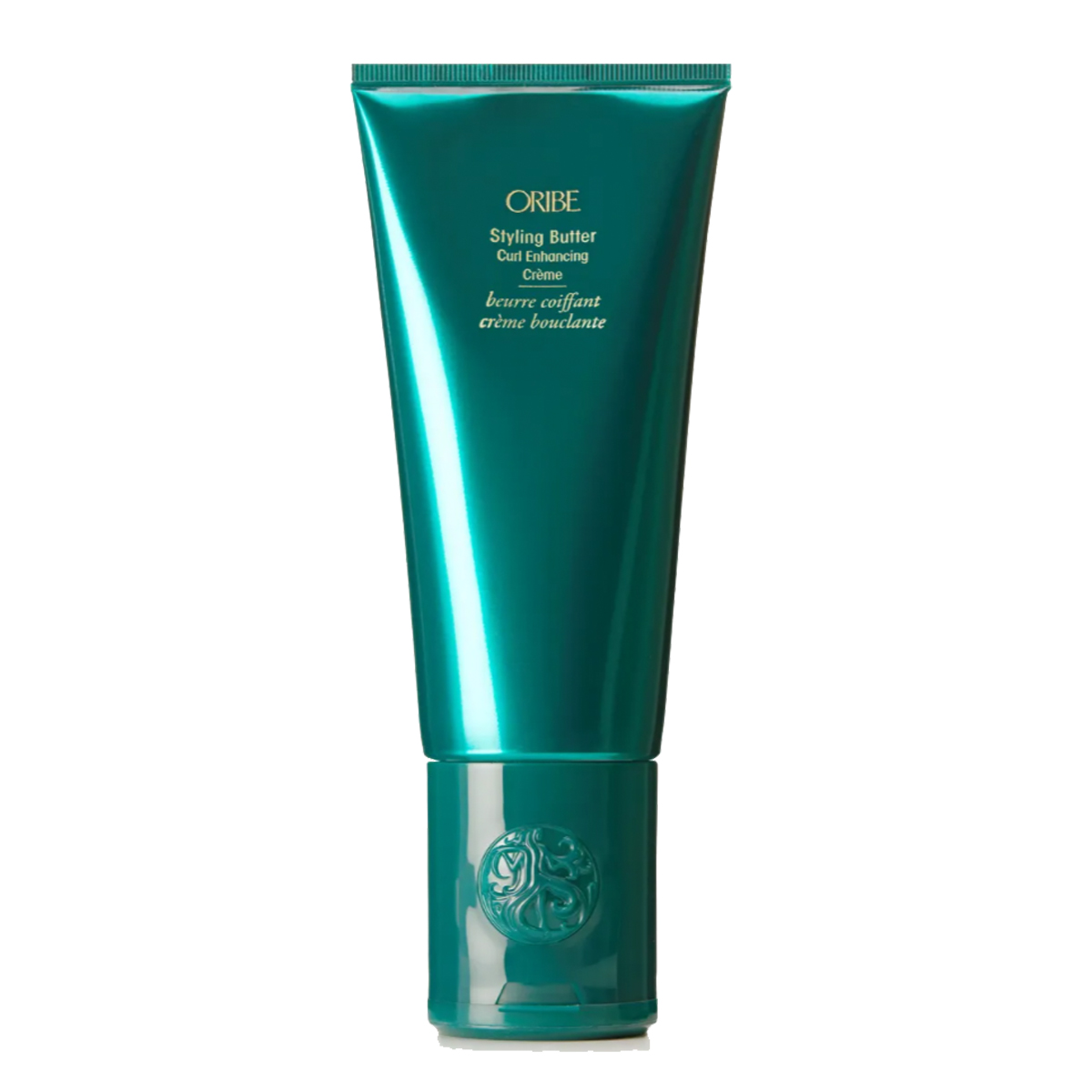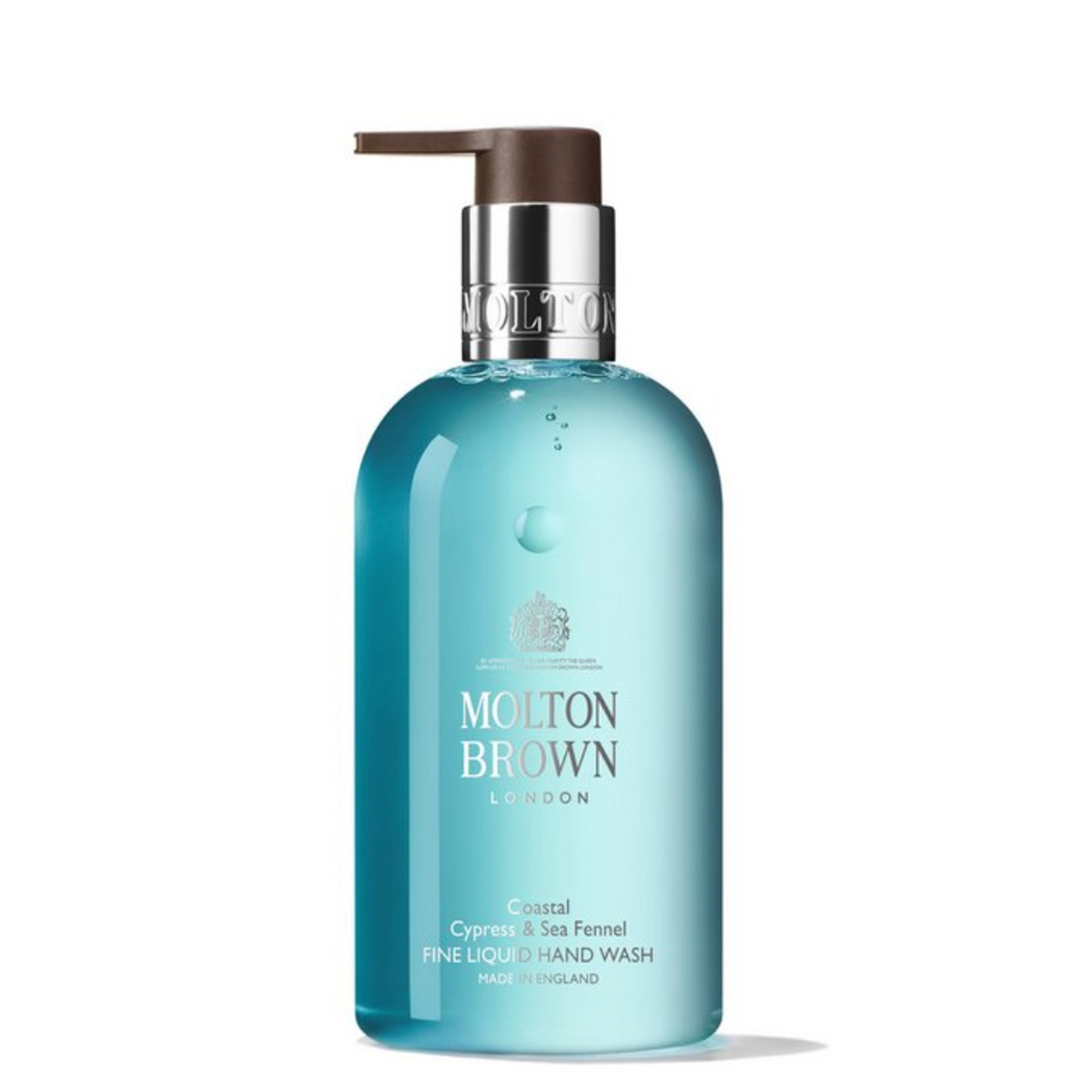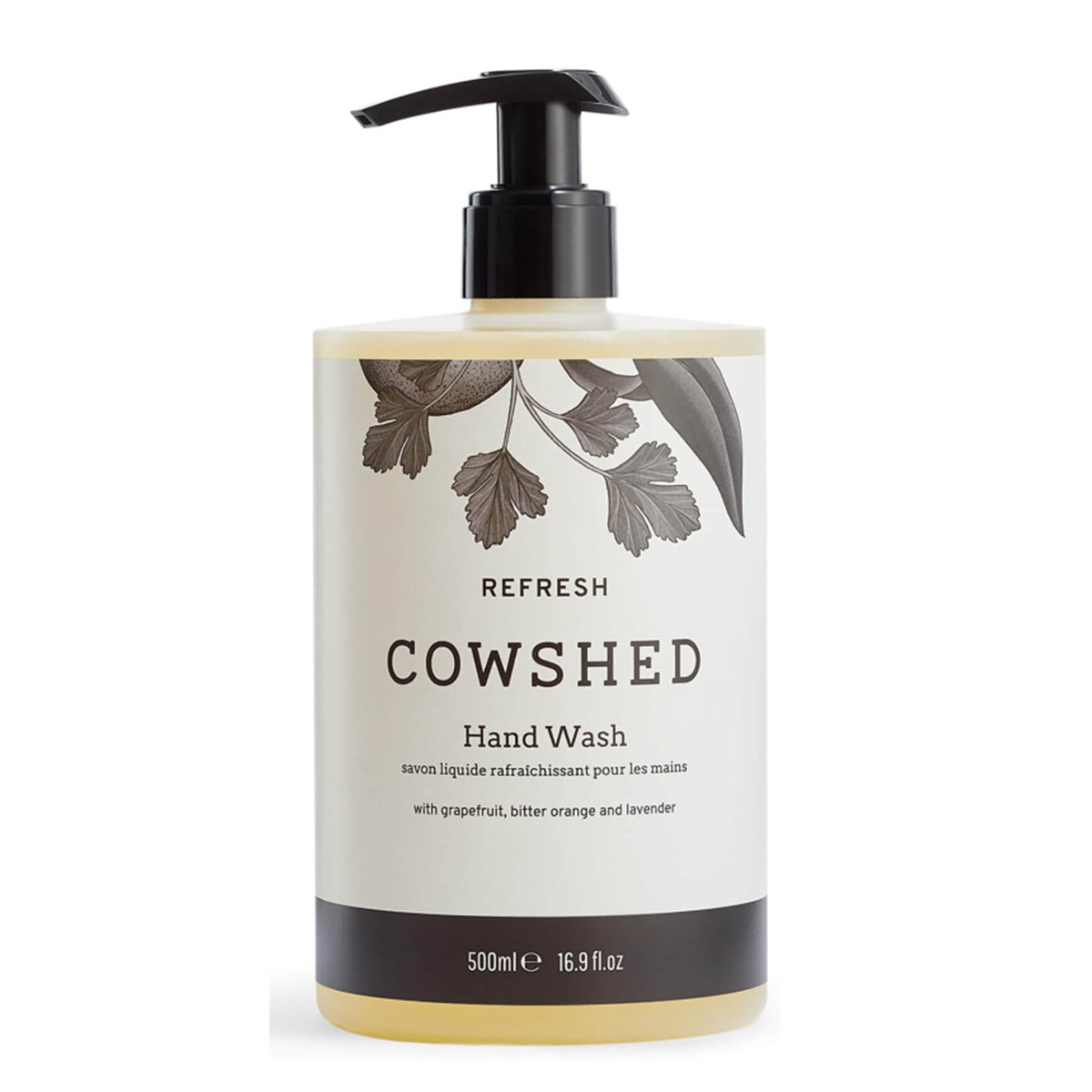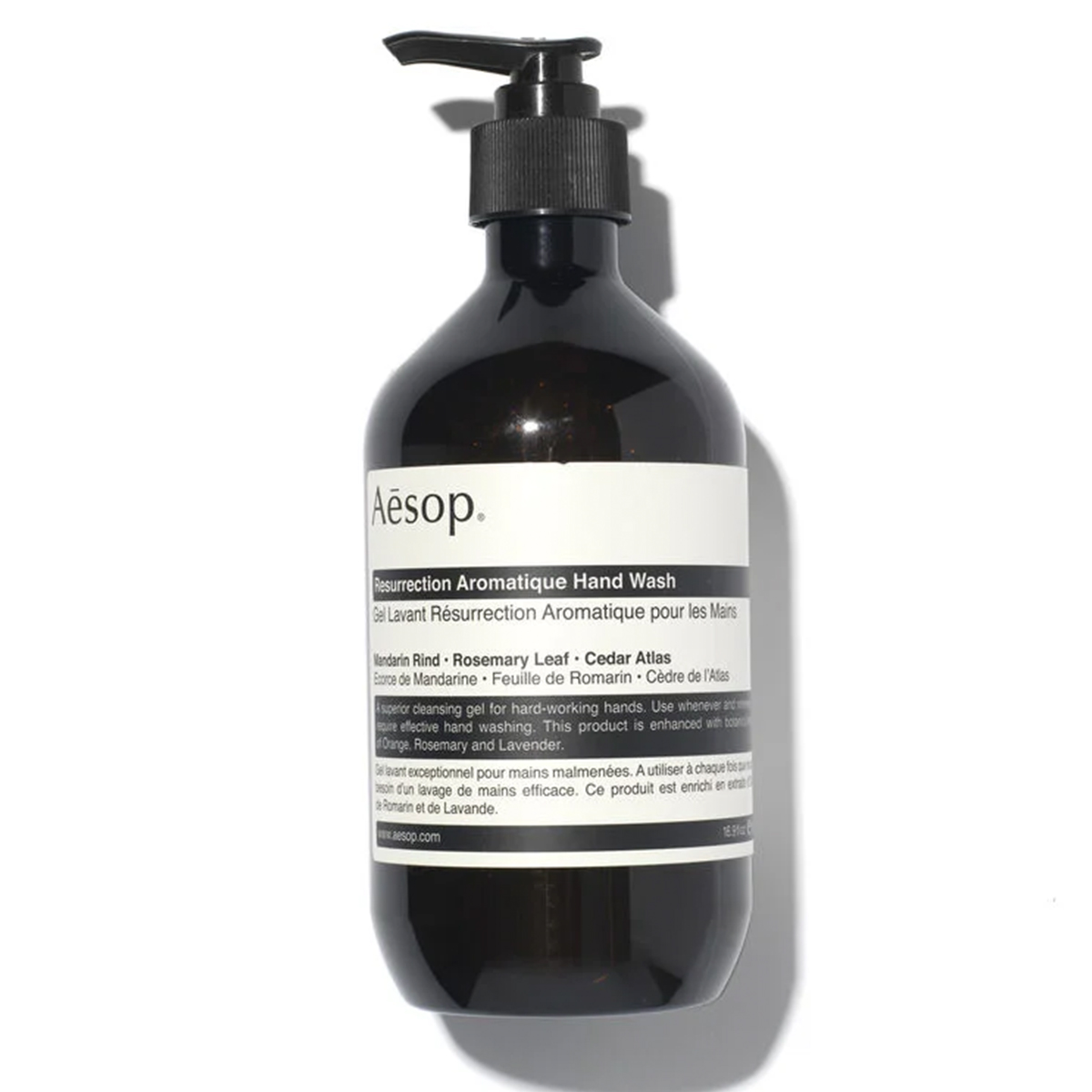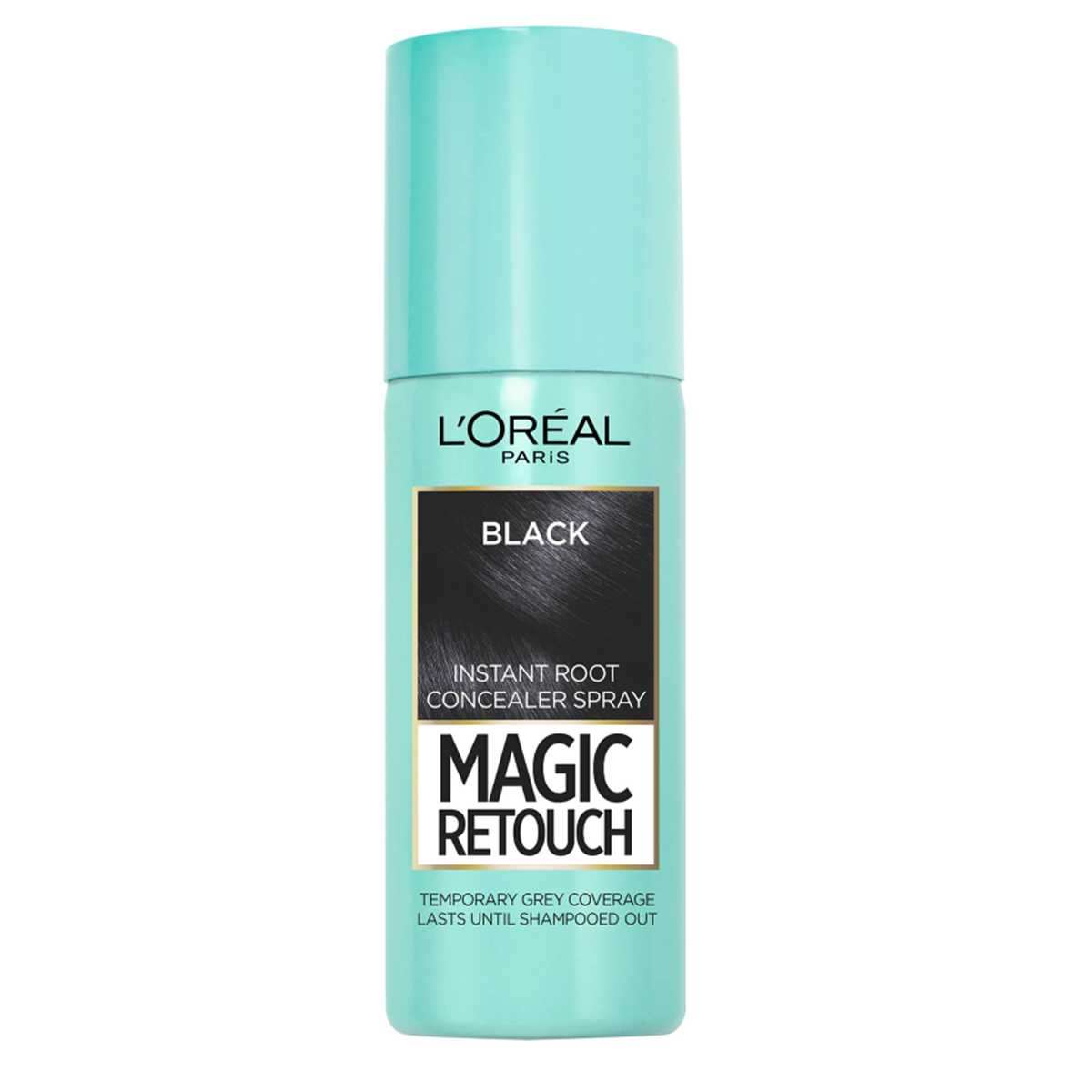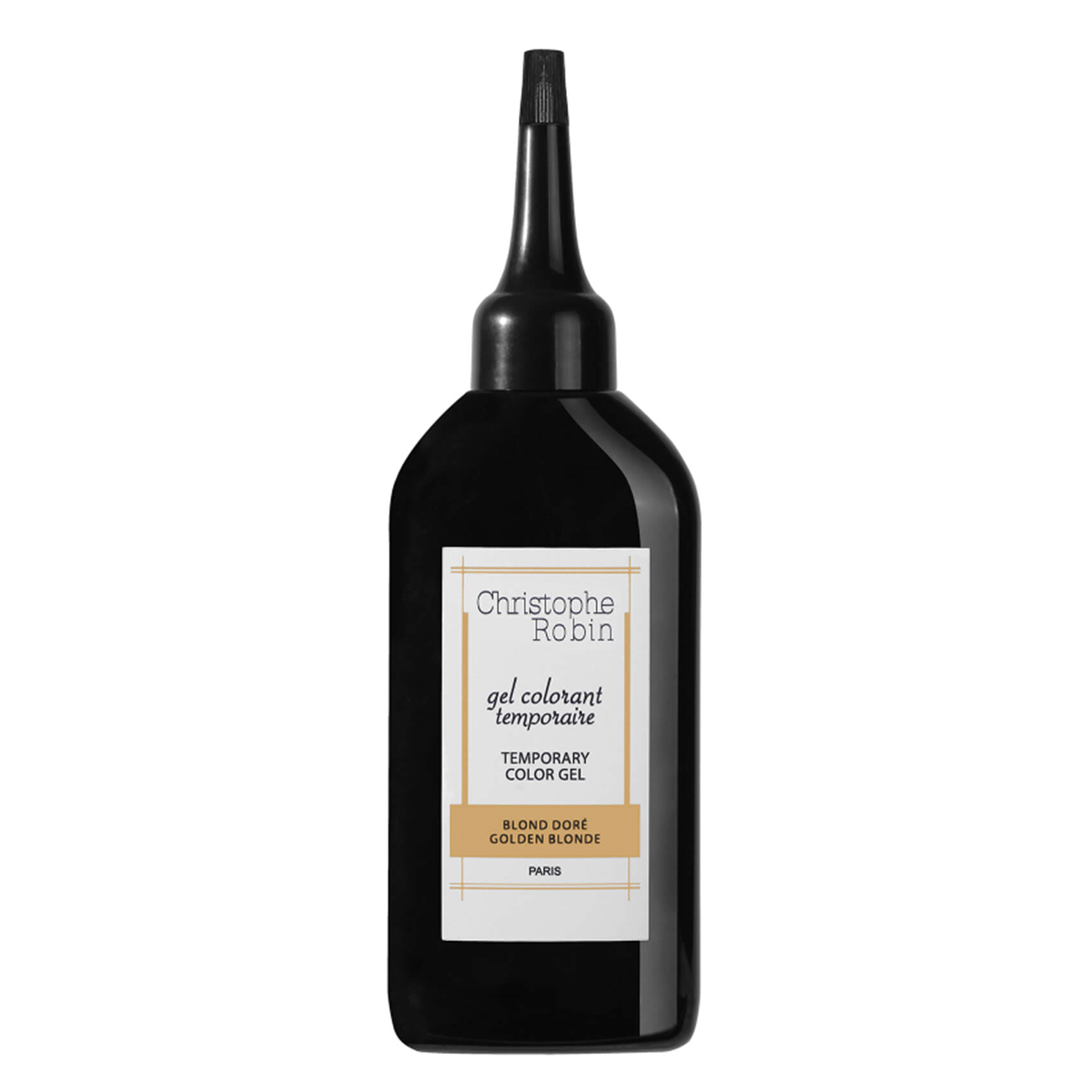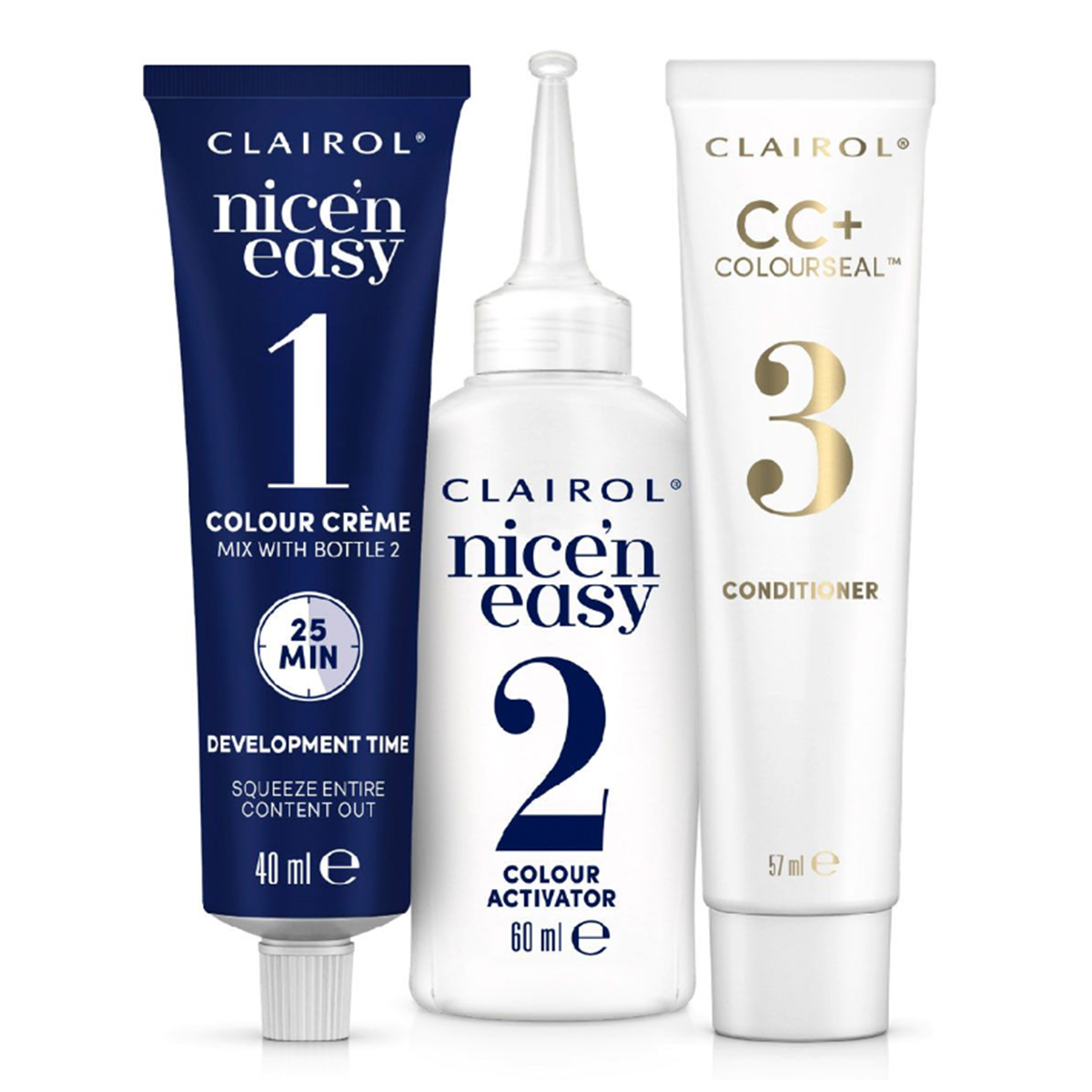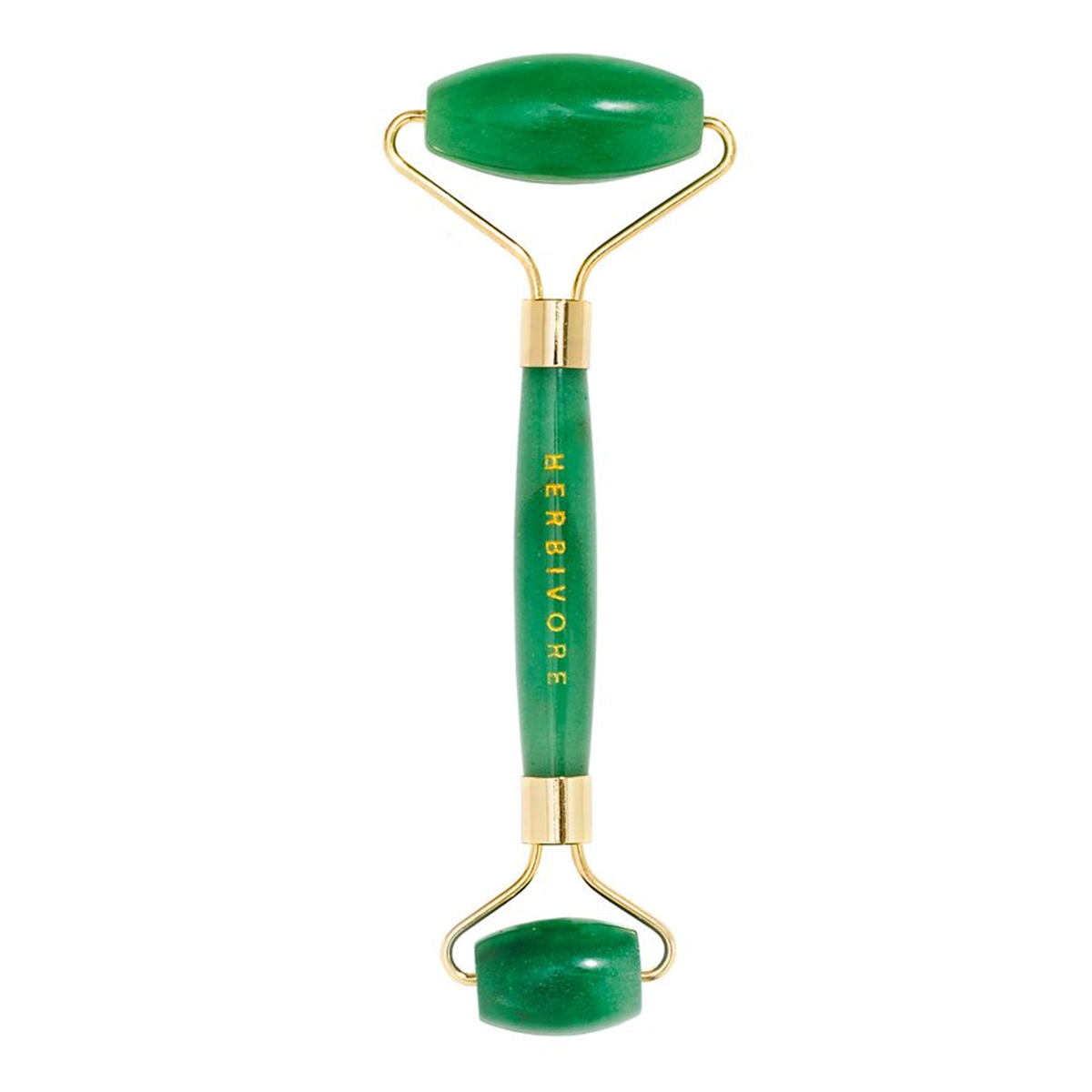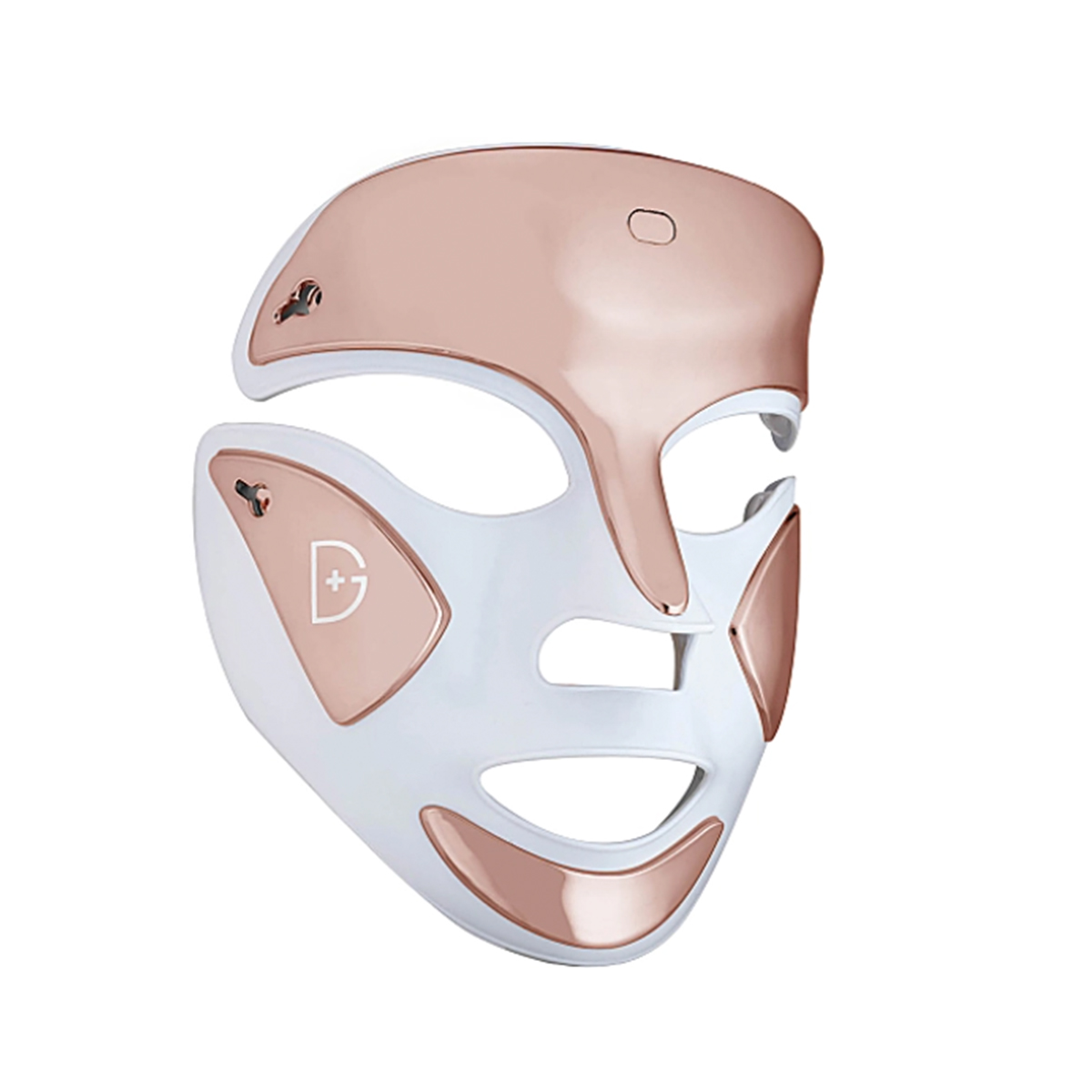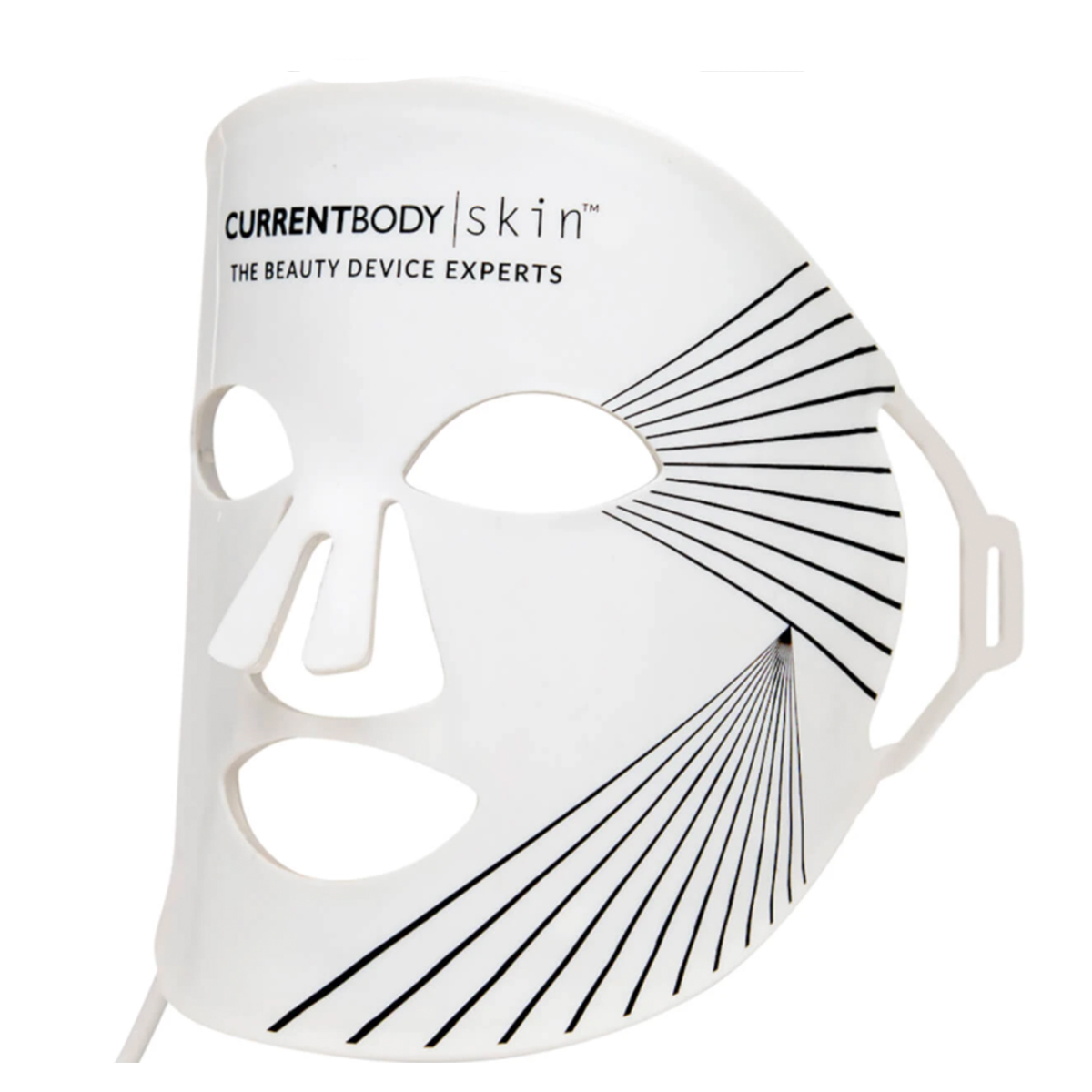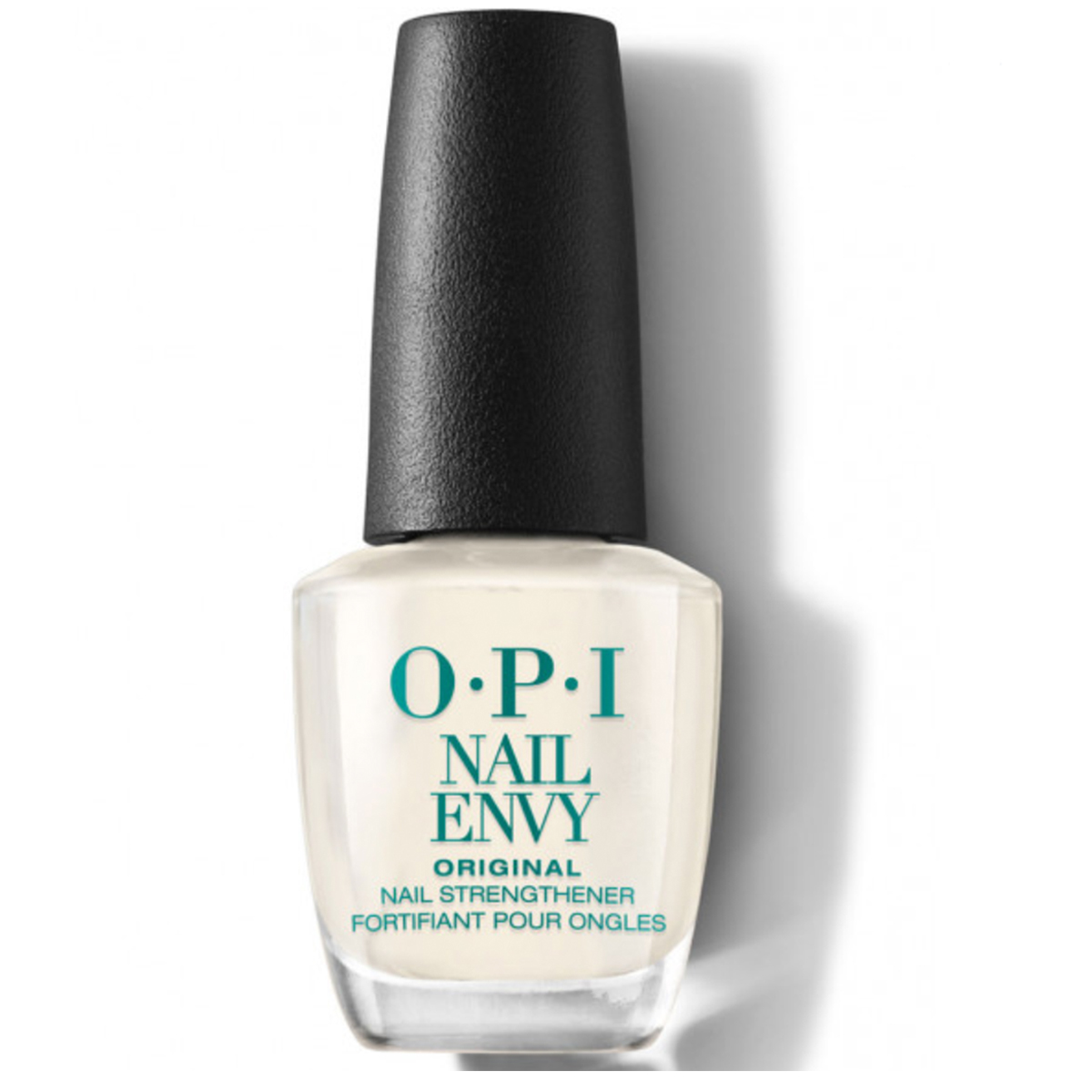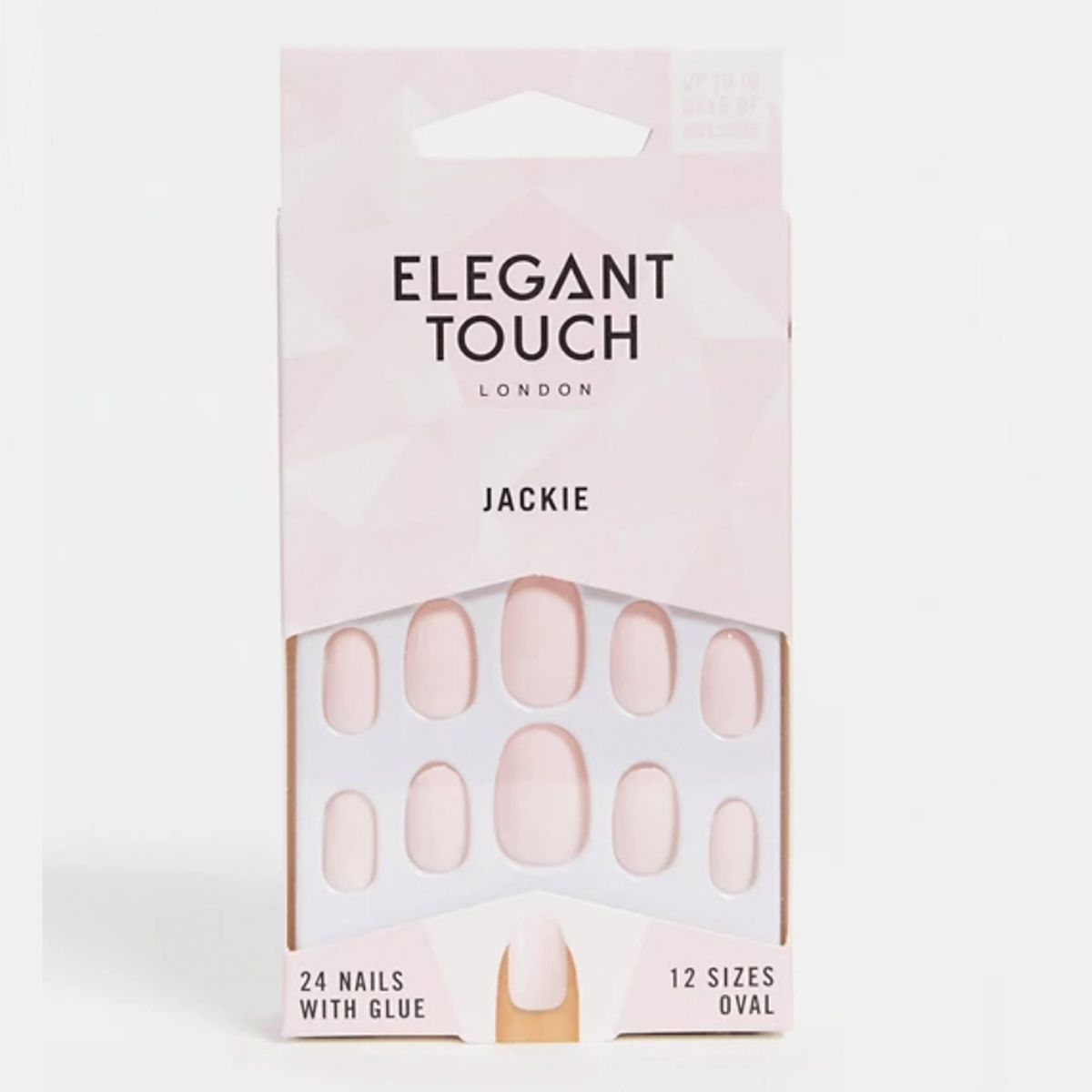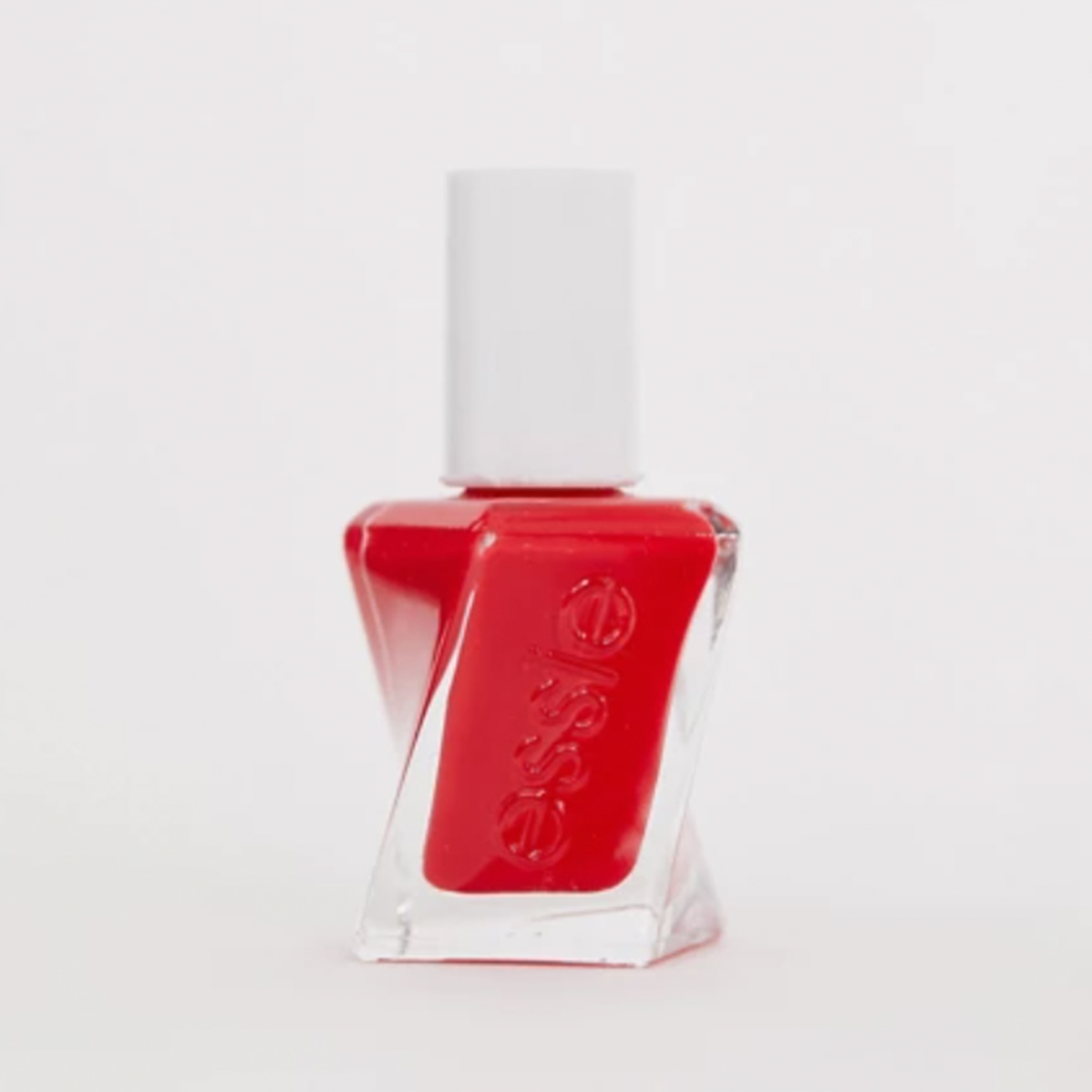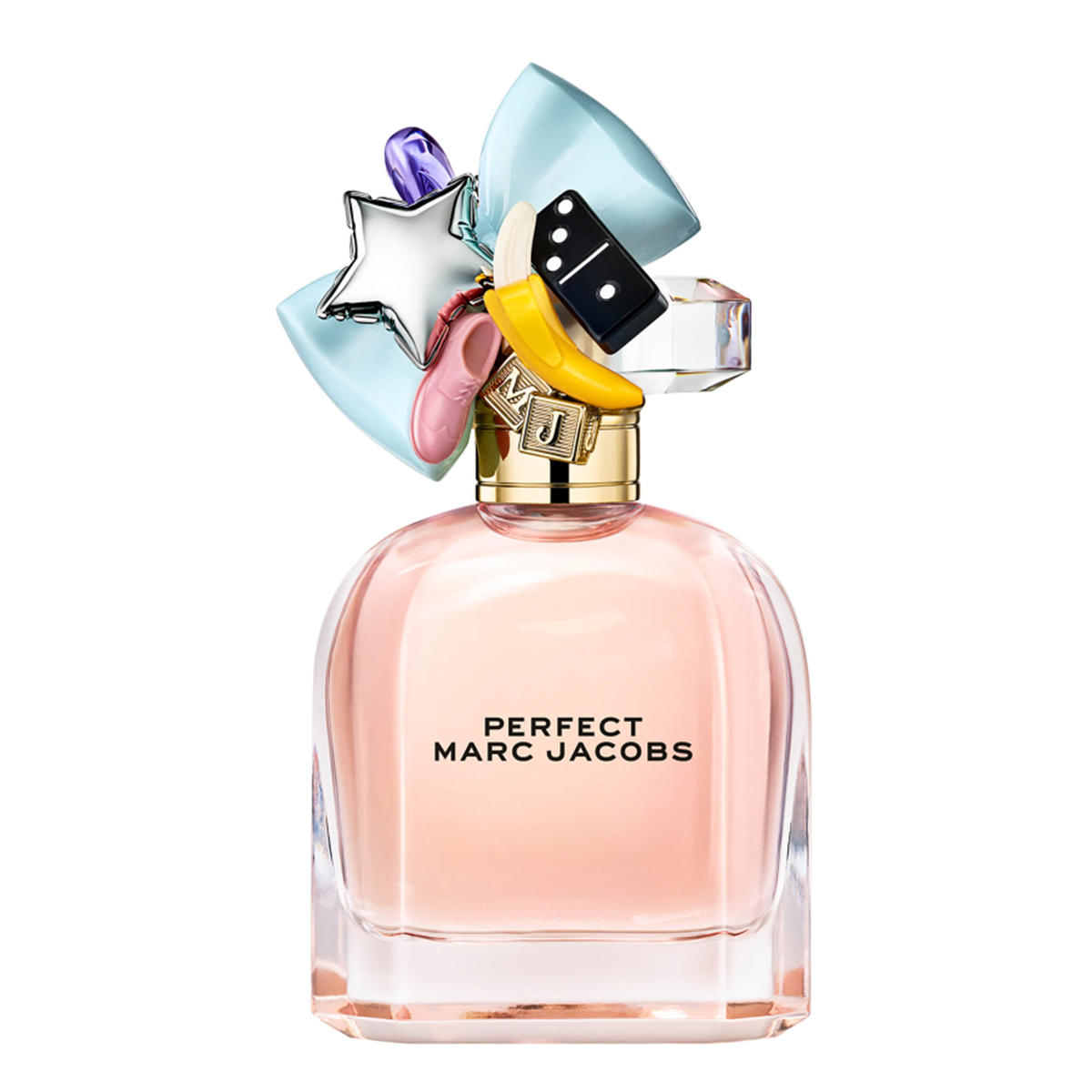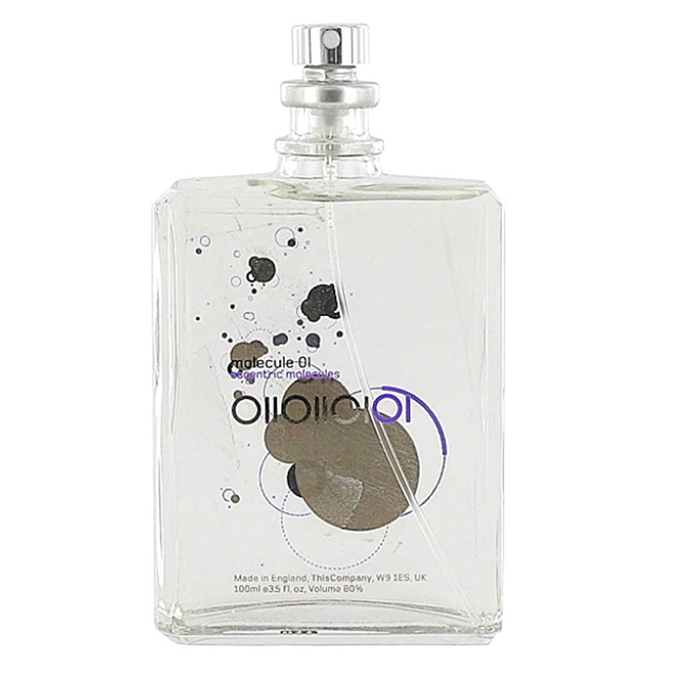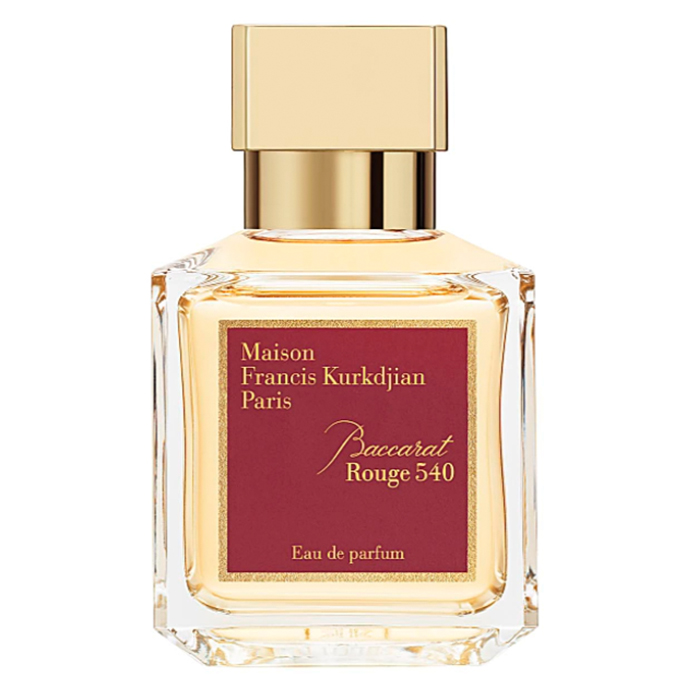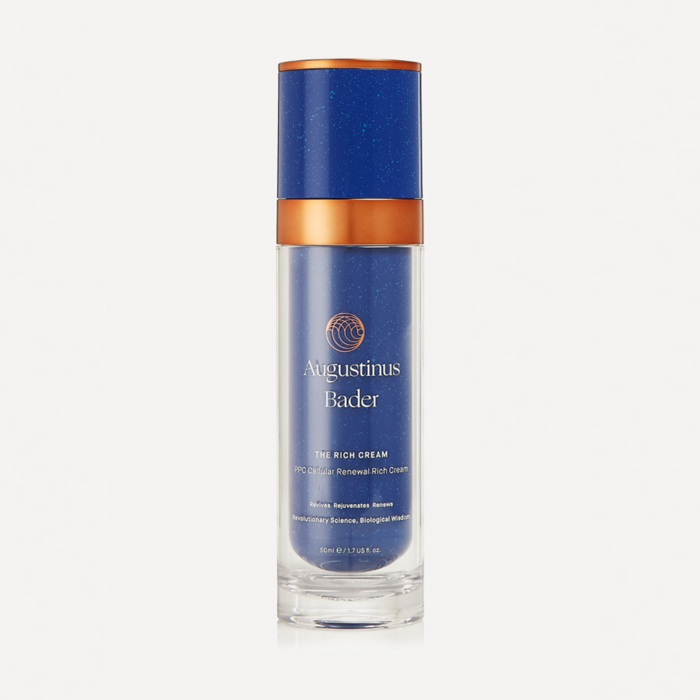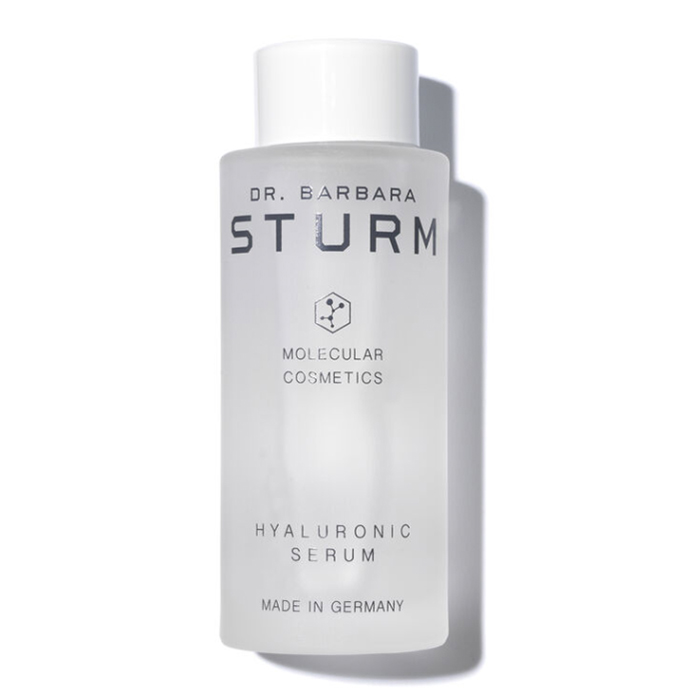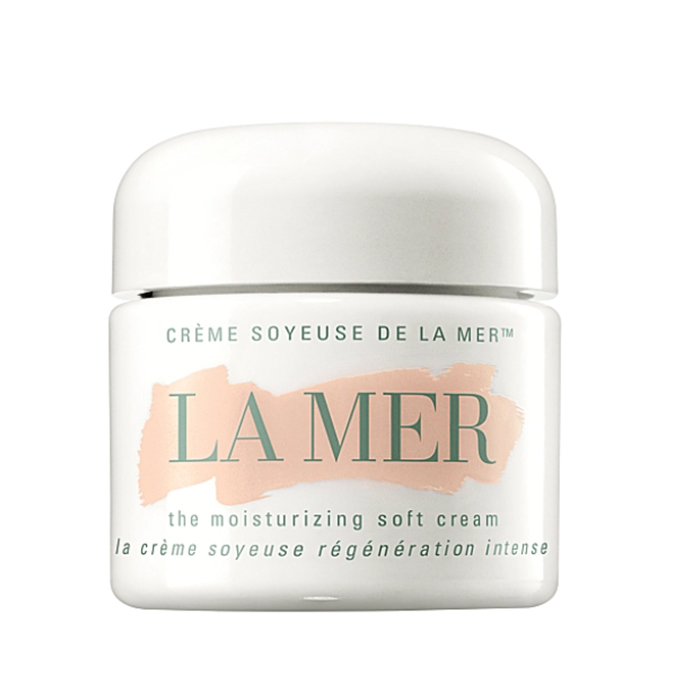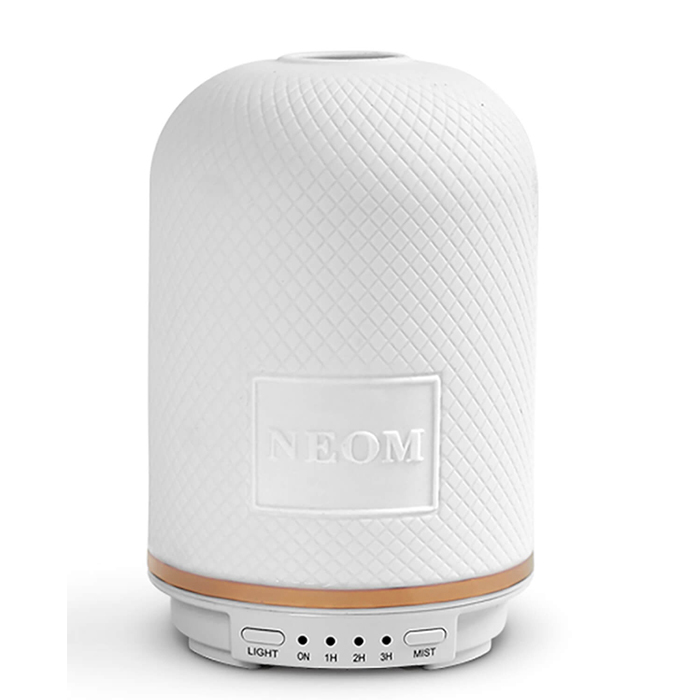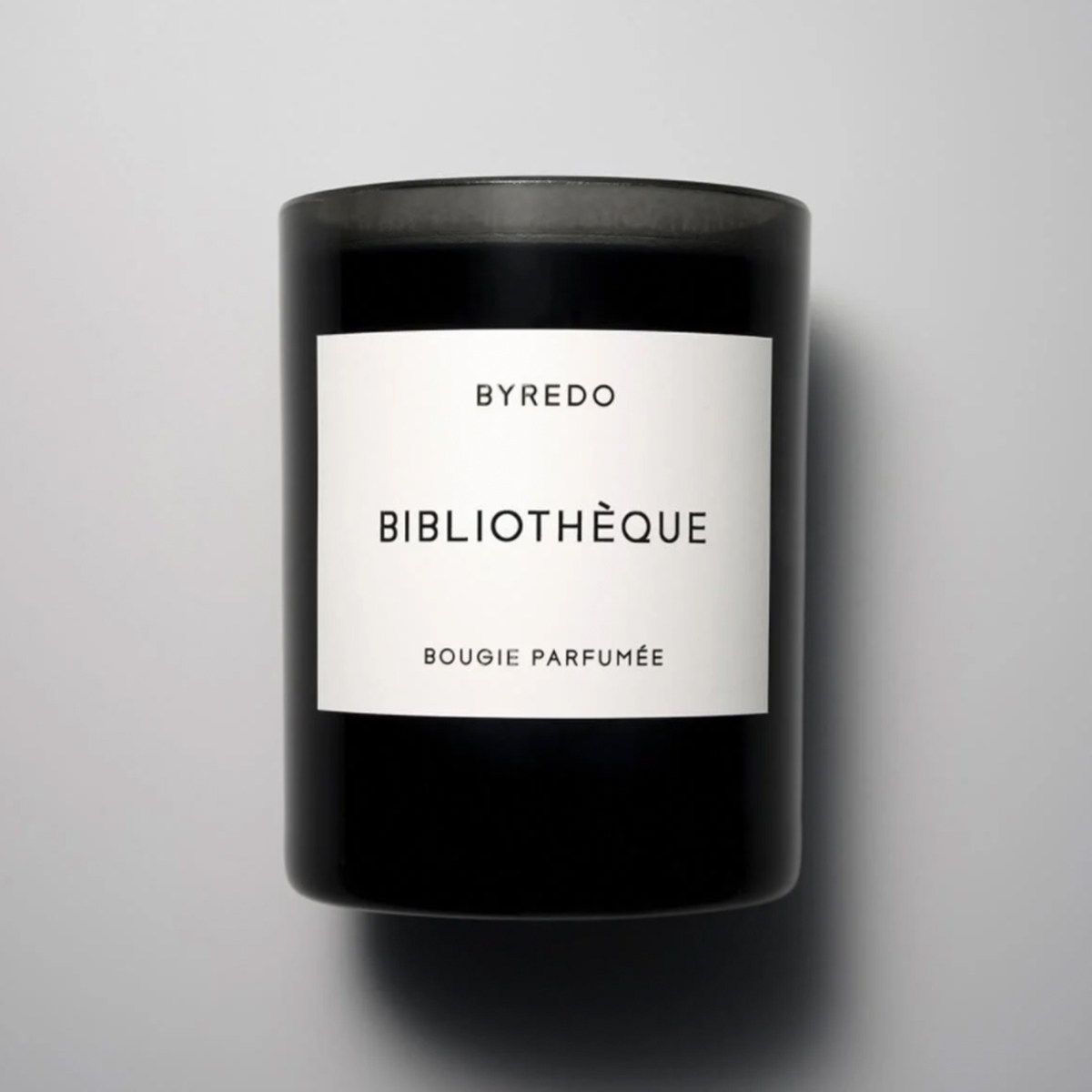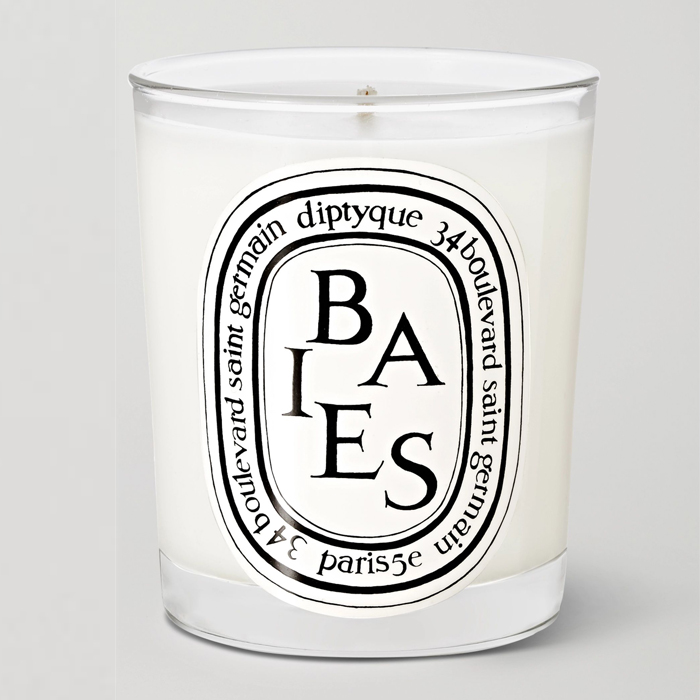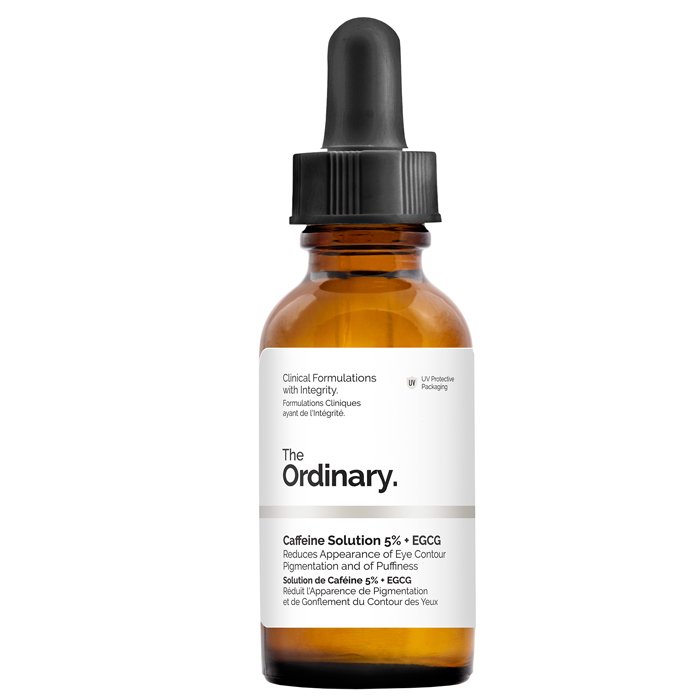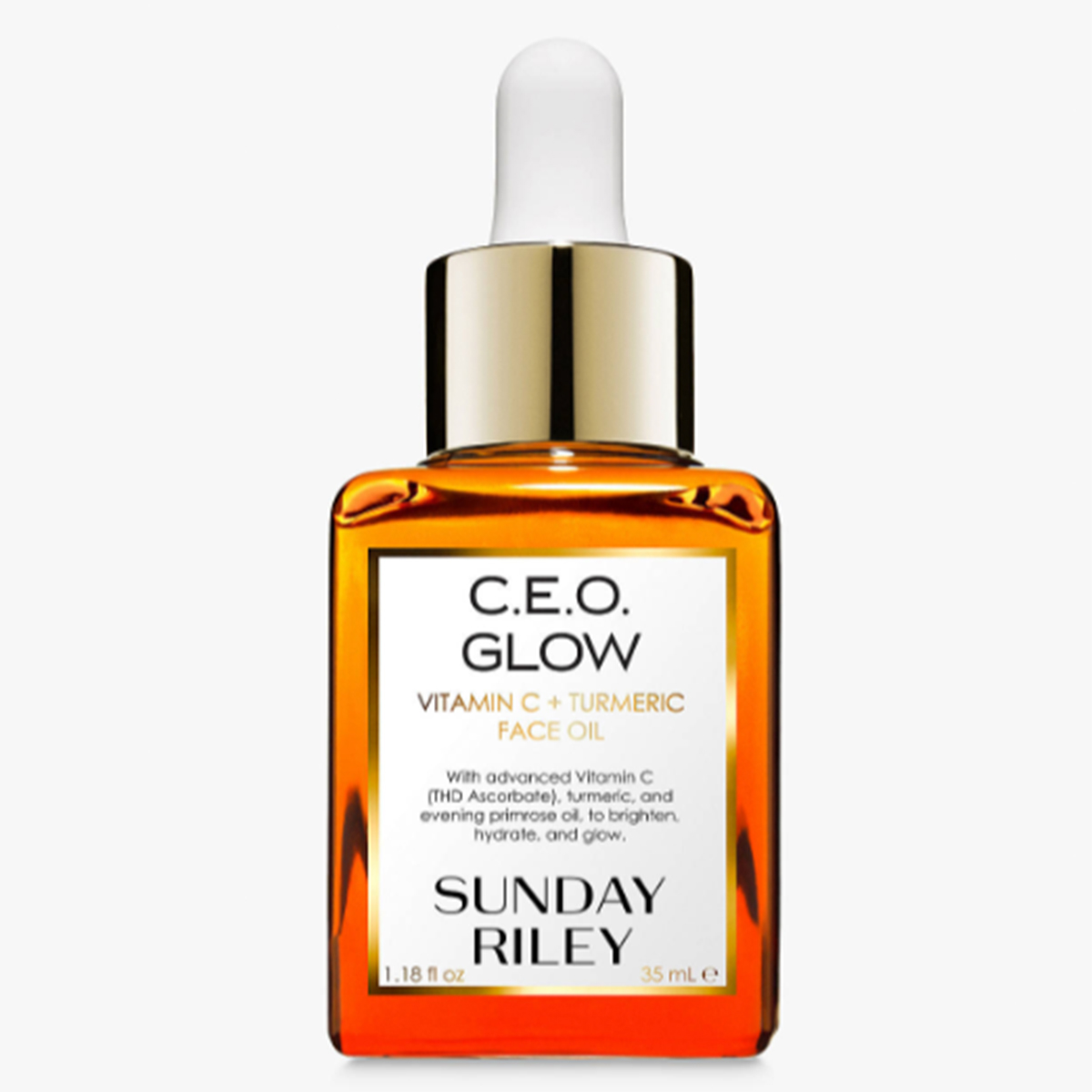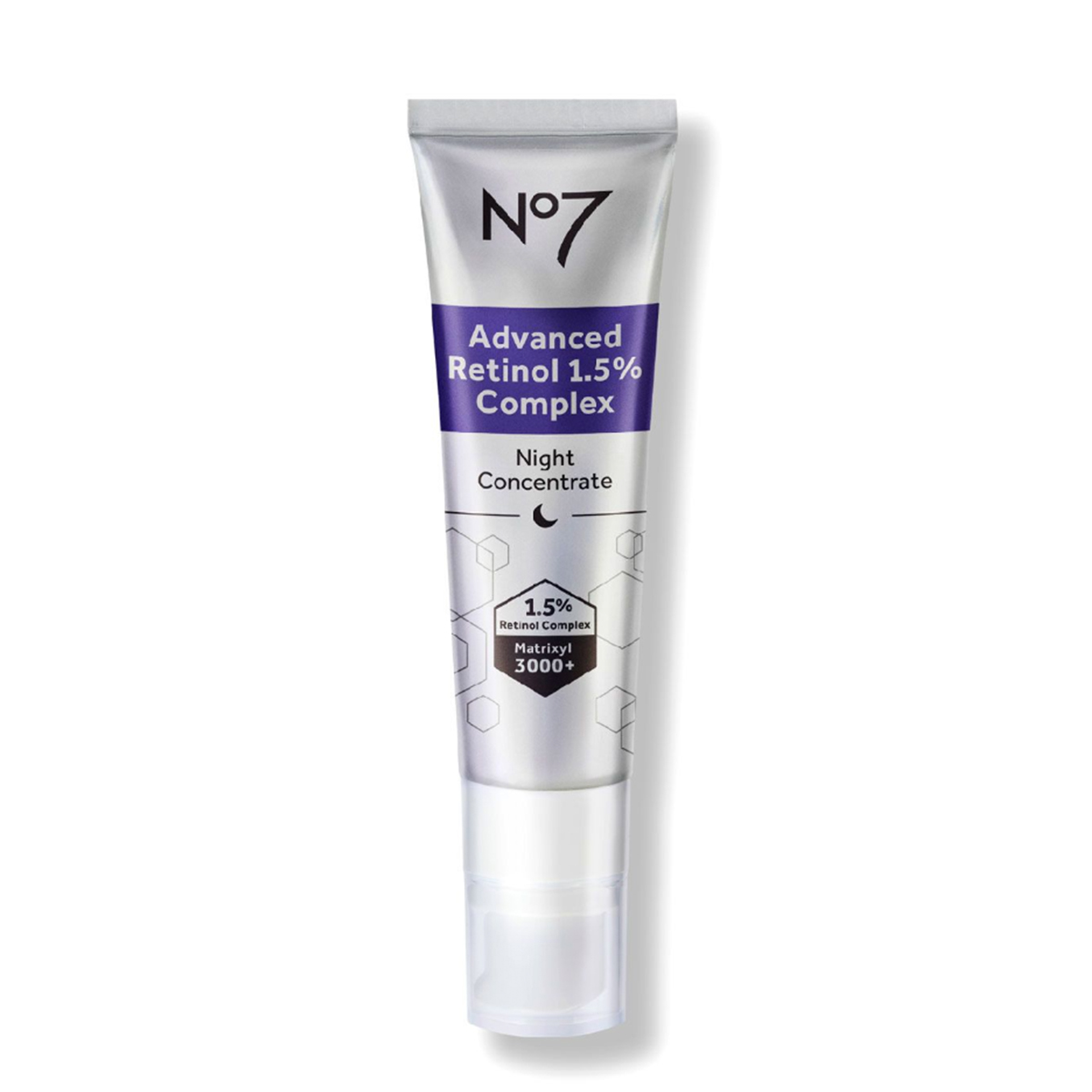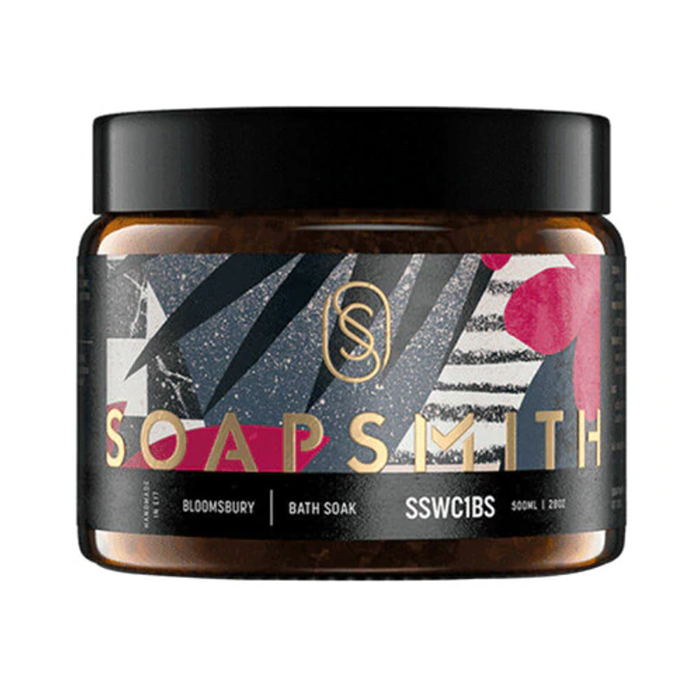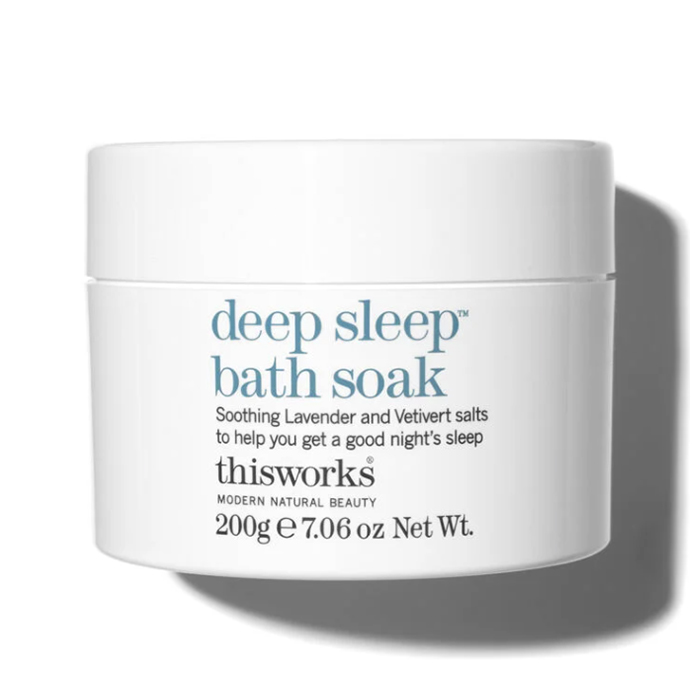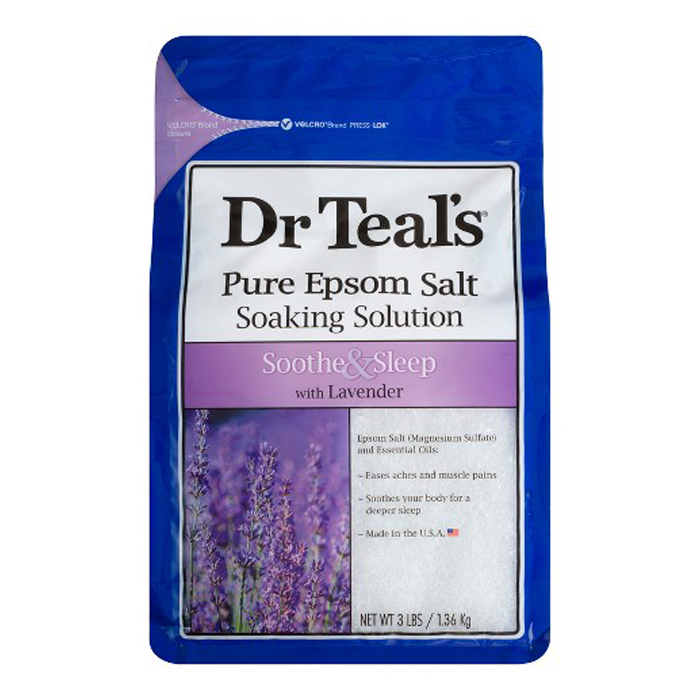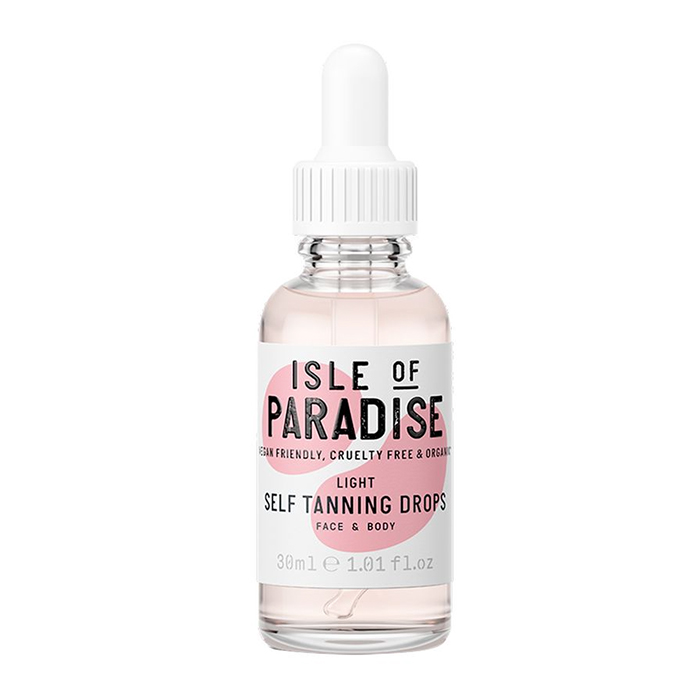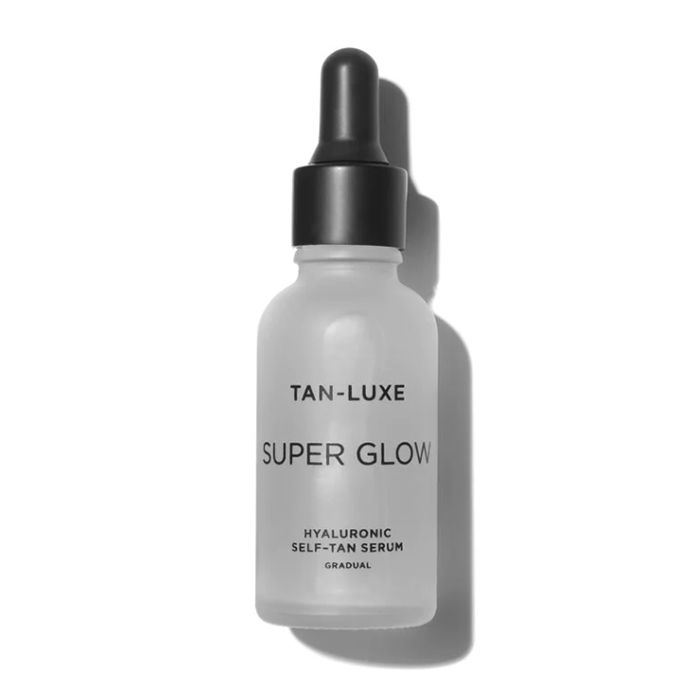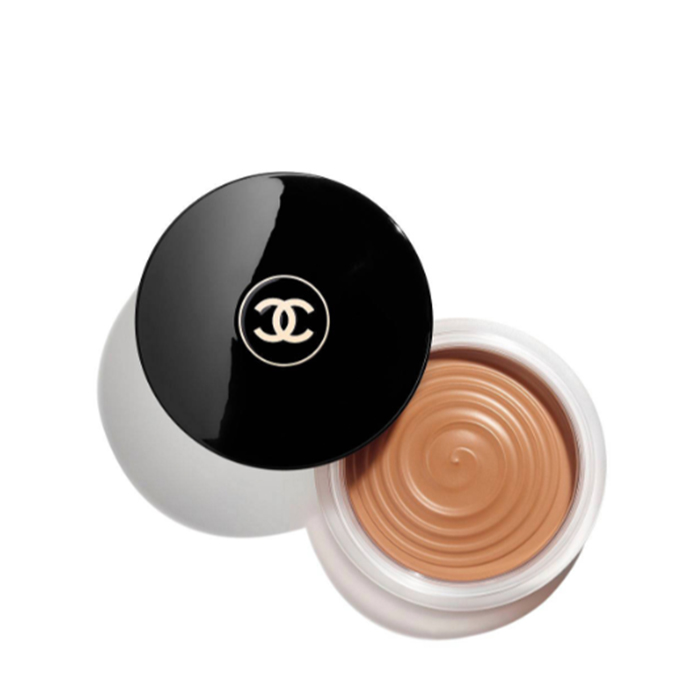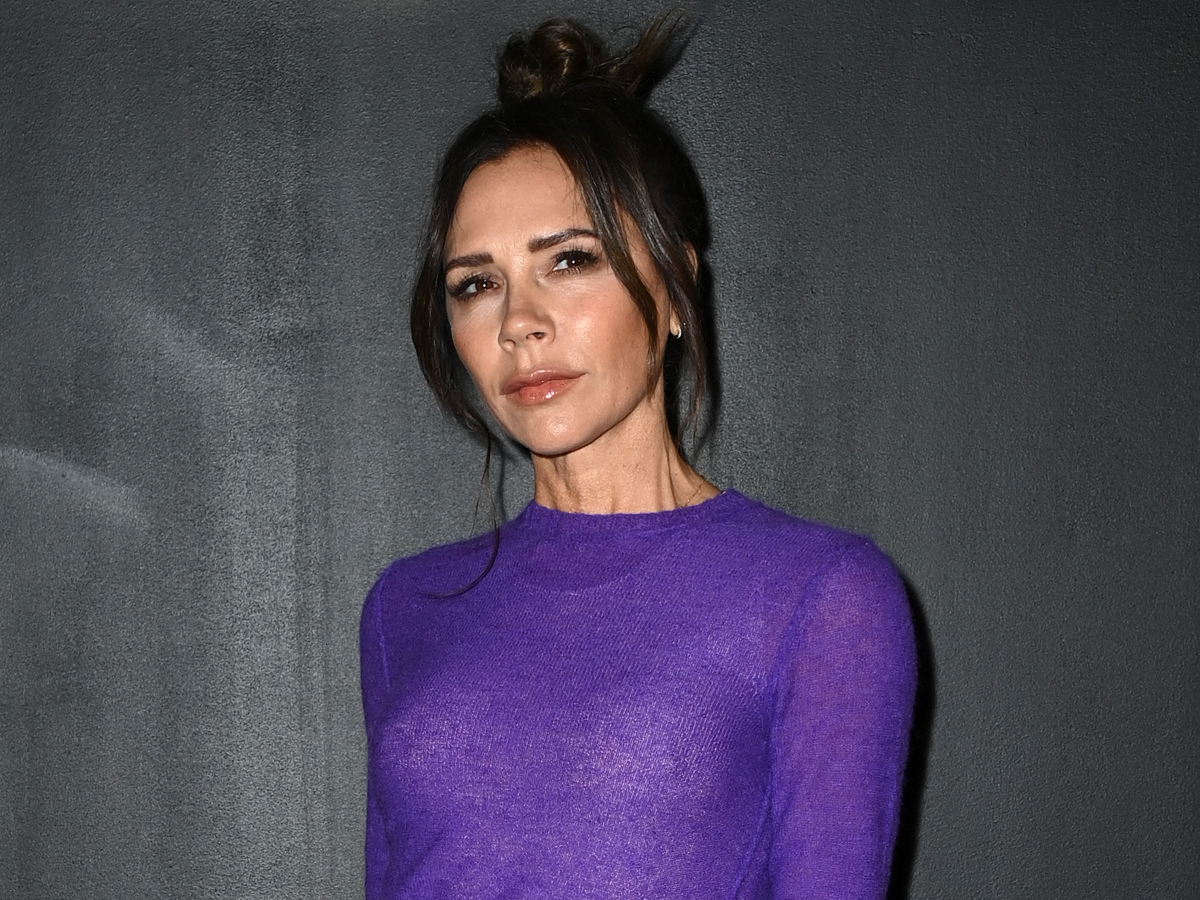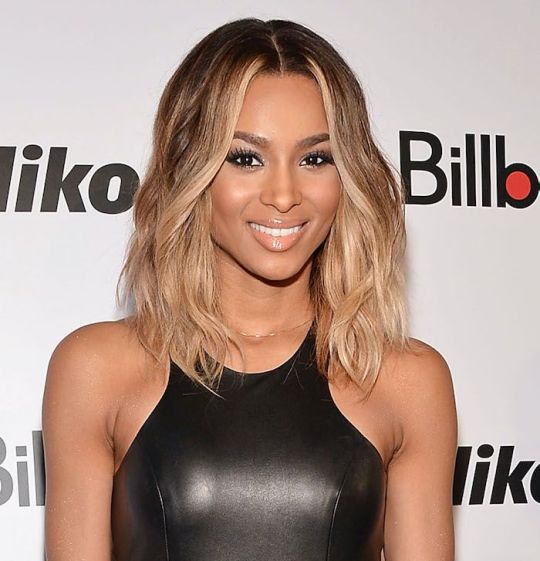
December 30, 2020 at 12:05AM
At around this time every year, the beauty industry starts looking back. Brands analyse sales data and marketing successes, retailers and buying teams look at growing trends, while beauty editors and influencers trawl through the past 12 months’ worth of content to see what worked and what didn’t. The aim, of course, is to create some sort of yearly overview that will help predict the trends for the following year and essentially form some sort of plan. And with heaps of figures, data and research, it’s safe to say that more often than not, things pan out as expected, with the industry running like clockwork year in, year out, based off its forecasts. This year, however, beauty got a reality check.
For many moons, the industry has been composing a particularly lucrative narrative: The elixir of youth is always just around the corner. Whether it be in the form of a potent retinol serum, a gloss-enhancing hair mask or a glow-boosting highlight, our quest for eternal beauty is what keeps us, as consumers, trapped in a cycle of buying. But 2020 had different plans, and for the first time in decades, the founding core of the beauty industry was challenged.
While beauty trend reports usually point us towards frivolous new-gen textures and ancient undiscovered ingredients, like snow mushroom and cica, this year, you can expect to see no such thing. There’s no doubt that every industry has been drastically impacted by the events of 2020, however the beauty industry has been totally flipped on its head, but in a rather different way. For starters, while other industries faced plummeting sales during lockdown, beauty retailers faced mass shortages as sales of beauty products boomed.

With Mintel reporting that one in five British women are spending longer on their skincare routines since the beginning of lockdown, it’s safe to say that many of us have turned to beauty in a bid to find some solace from the year’s turbulent events. With salons up and down the country closed for a large chunk of the year, we lapped up beauty product in mass. Amelia Kendrick, Beauty Buyer for Emerging Beauty at John Lewis explains, “Beauty is taking on an increasingly holistic approach. We are seeing the consumer demand more from their beauty products; not only must they make you look good, they need to make you feel good too.”
ADVERTISEMENT
ADVERTISEMENTKate Spade Autumn/Winter Sale |
And if you’re thinking this surge in sales just gives brands more money to flog us products we don’t really need, you’d be wrong. In fact, 2020 has seen a dramatic shift in the sorts of products we’re buying. Forget glittery eye shadow palettes and hair styling sprays, retailers were struggling to keep serums, masks and candles on the shelves. Now, it is us beauty consumers that have reclaimed the power, telling the industry that our purchases aren’t an investment in its brands, they are an investment in ourselves. As a result of this surge in demand, brands and retailers are looking at 2021 with a fresh, new outlook that focuses on what we actually want, as opposed to what they want us to want.
But how did we get here, and why has this year marked such a turning point? To fully understand how and why the events of 2020 have changed the face of beauty, we’ve spent days studying spreadsheets, interviewing our top industry contacts and reflecteing deeply on how we saw the industry change over the last 12 months. As a result, we’ve managed to pin-point the 13 beauty products that defined 2020, and what their success means for the year ahead. Keep scrolling for the products the nation couldn’t be without this year.
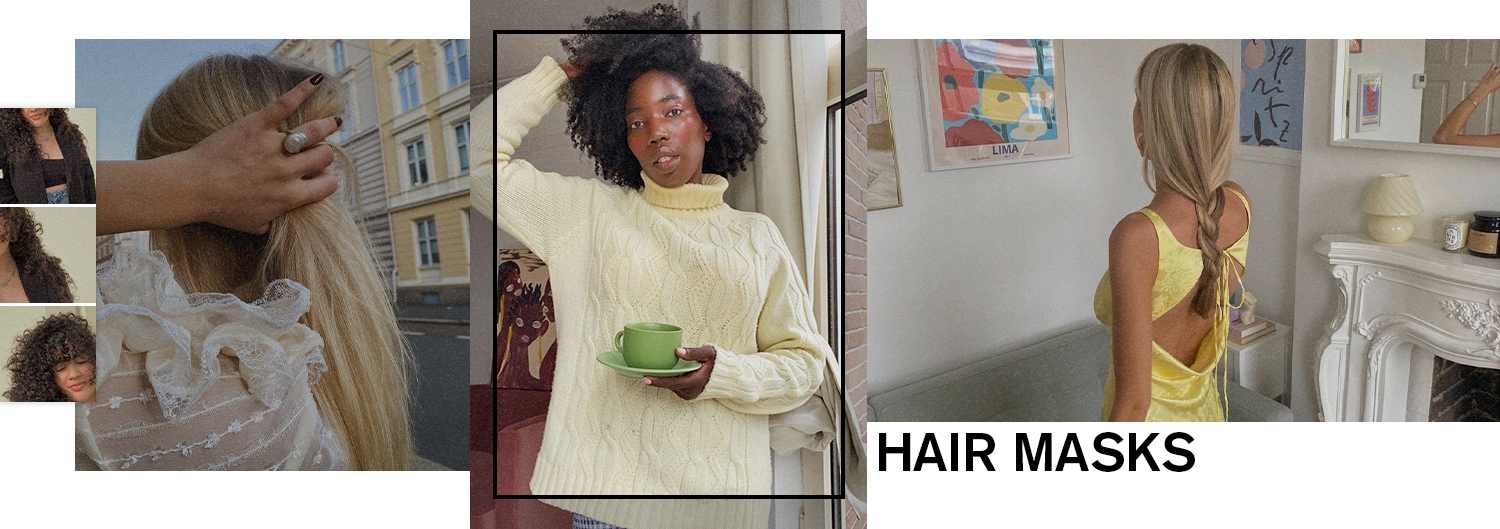
There’s no doubt that 2020 was tough on our strands. With hairdressers having to shut shop for months on end (and at the drop of a hat), most of us were battling roots, dryness and breakage for a big chunk of the year. In a bid to keep lengths as healthy as possible, it’s no surprise that at-home hair masks and treatments were amongst the bestsellers of the year. While Aveda saw a 415% rise in sales of leave-in treatments, one particular hair product has come to define 2020. Olaplex No.3 Bond Perfector was amongst the top selling beauty products of the year in virtually every one of its retailers, with ASOS alone selling 35,000 bottles of the stuff. Complete with almost miracle-working ingredients that rebuild damaged hair bonds, it leaves hair looking and feeling salon-fresh. Perfect for colour-treated and dry hair types, Olaplex understandably became the nation’s go-to nourisher.
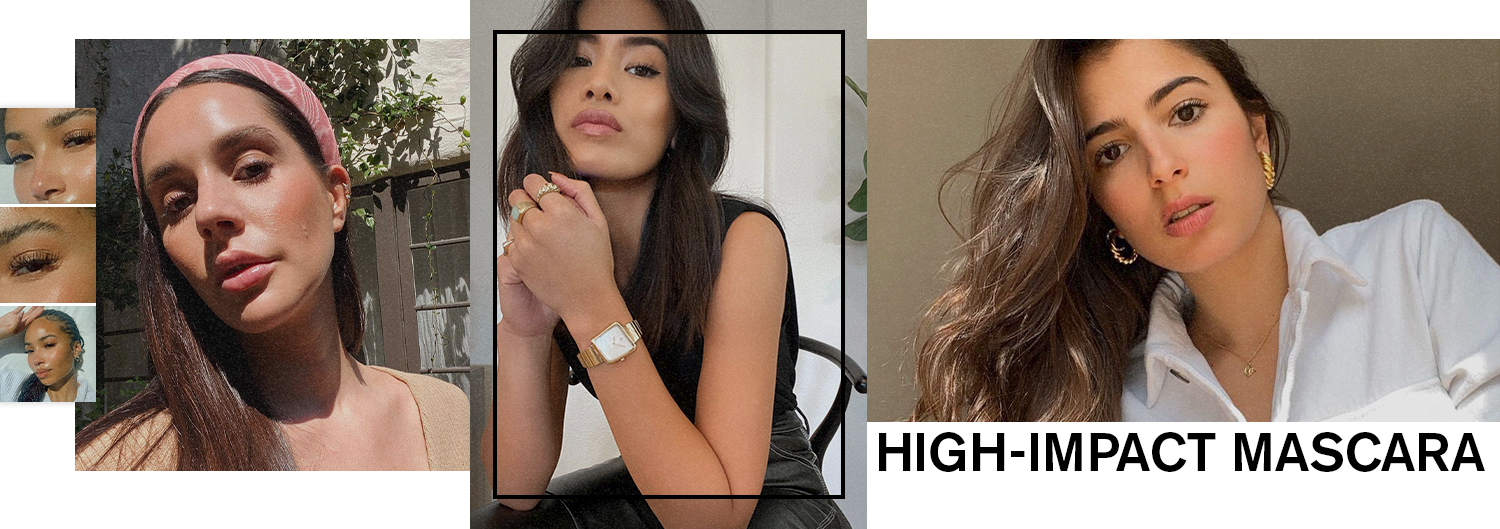
Remember when masks weren’t a part of our everyday outfits? With the rise in mask wearing, it’s understandable that we have been turning our attention to our eyes – in particular, our lashes. Over the past month, John Lewis has seen a 58% lift in sales of mascara and other big retailers have reported mascara to be one of their most sell-out products. Take for example, Hourglass’s now cult Unlocked Mascara, which struggled to stay in stock from the moment it launched. More recently, both Charlotte Tilbury Pillowtalk and Marc Jacobs At Lash’d Mascaras set the beauty world on fire as the super volumising, high-impact formulas catapulted both products into bestsellers lists. Our favourite? Marc Jacobs At Lash’d is quite possibly one of the most intense, but natural-looking formulas we have ever come across.
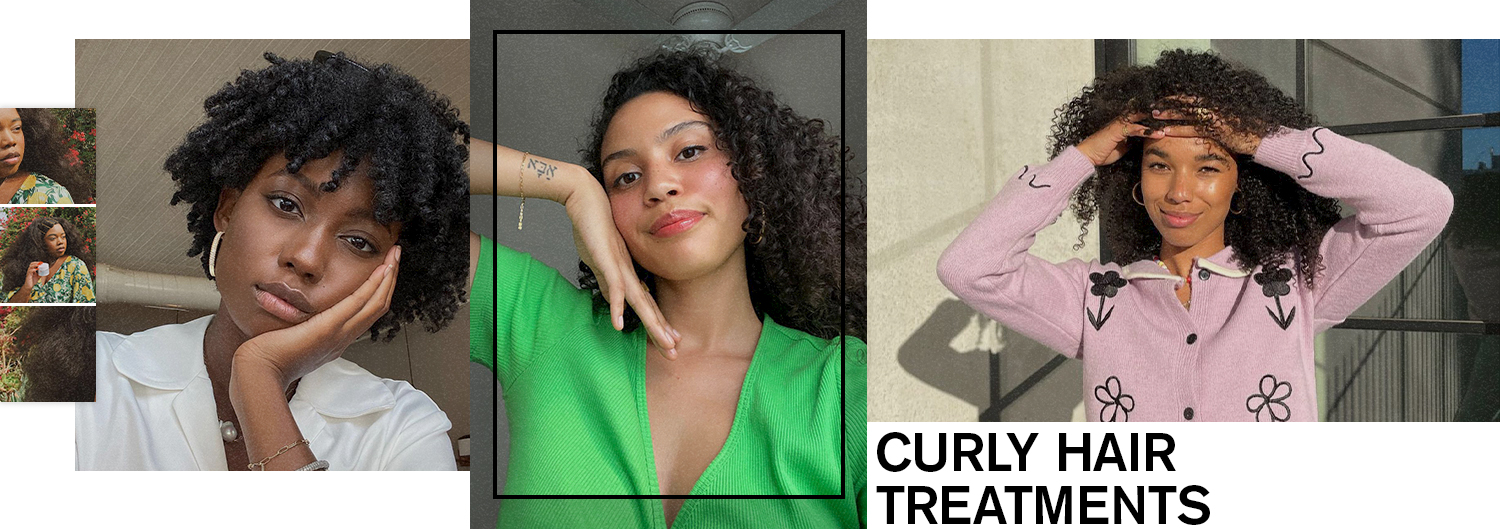
While beauty brands were busy trying to keep self-care products in stock, the rest of the world was taking a closer look at the sorts of products on offer. With the summer seeing a huge amount of beauty buffs asking for brands to be accountable for the lack of diversity within their product and shade offerings, some of beauty’s biggest names were forced to finally stand up. While there’s no doubt that beauty still has a long way to go, one particular part of the industry saw big steps being made towards positive change. Again, with salons far and wide closed, many turned to Google to find alternative ways of caring for their curls and coils at home. In fact, Google searches for ‘caring for curly hair’ were up 500% and beauty e-tailer Lookfantastic have reported a particular spike in searches and sales of curly hair brands in June. Shannon Monteith, Beauty Buying Manager at Harvey Nichols says, “Haircare, typically a small category for us, has seen excellent growth. We have also added new brands to our portfolio, such as Charlotte Mensah, to provide better choice in these areas.”
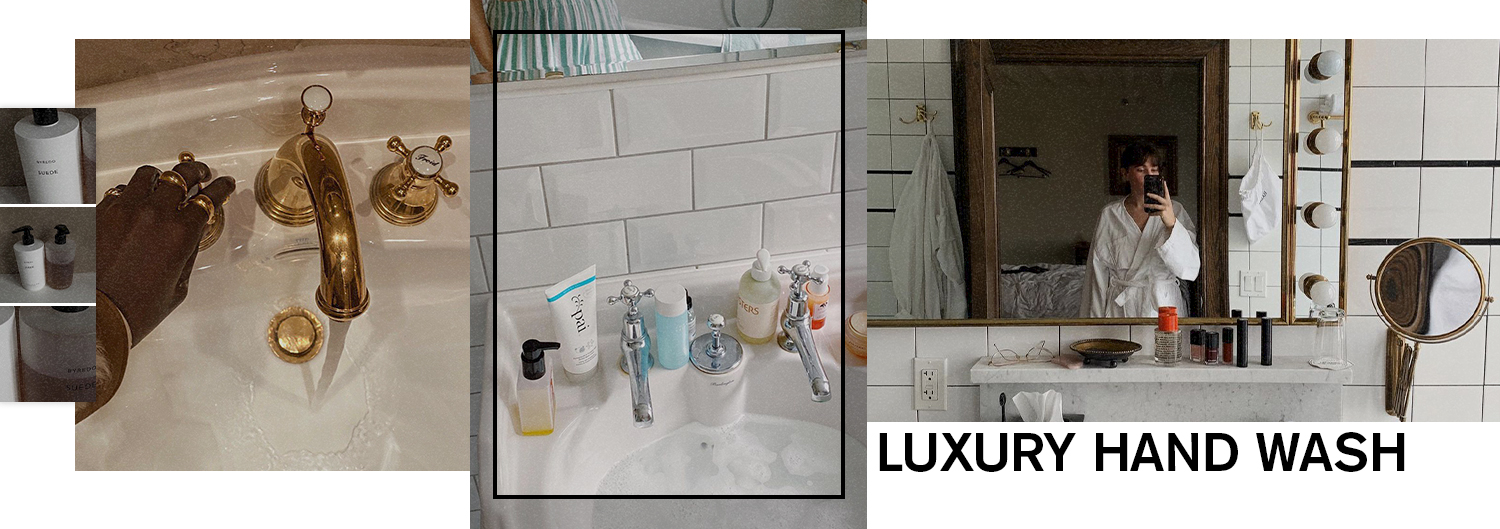
We couldn’t possibly discuss the changing face of beauty in 2020 without mentioning hand washes, could we? It seems obvious, of course, that an increase in the importance of hand washing would lead to a huge spike in sales, however it’s the calibre of sell-out washes that might be surprising. While supermarkets struggled to keep Carex on the shelves, our go-to beauty destinations saw sales of luxury hand soaps sky rocket. In fact, the minute that lockdown hit, everyone’s favourite Instagram sink accessory, Aesop Resurrection Hand Wash, became almost impossible to track down thanks to widespread sell-out. And that’s not the only posh soap that we couldn’t get enough of. Molton Brown also saw a huge uplift in soap sales with Coastal Cypress & Sea Fennel Hand Wash sales up a staggering 235% compared to 2019.
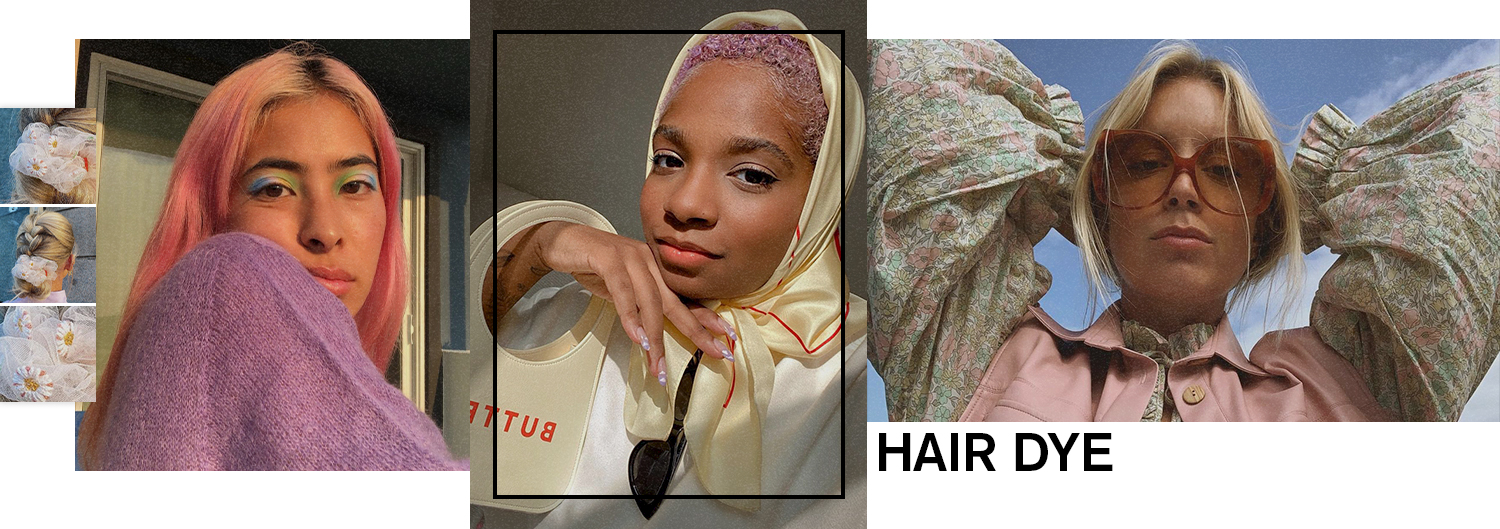
We all know that we shouldn’t take matters into our own hands when it comes to hair dye, but that didn’t stop us from doing it in 2020. After many weeks of watching our roots grow out right before our eyes during the first lockdown, a bunch of us stuck to our guns and snapped up temporary root touch-ups like L’Oréal Paris Magic Retouch Spray and Christophe Robin Temporary Colour Gels. Having said that, box dye became gold dust. In fact, 700,000 people who hadn’t coloured their hair at home before purchased a Nice’n Easy hair colour between April and June. When it came to lockdown 2.0 though, many of us were better prepared as sales plateaued (either that or we learned from our past mistakes and left our colour be).
ADVERTISEMENT
ADVERTISEMENTSports Direct Free Delivery on All Orders! |
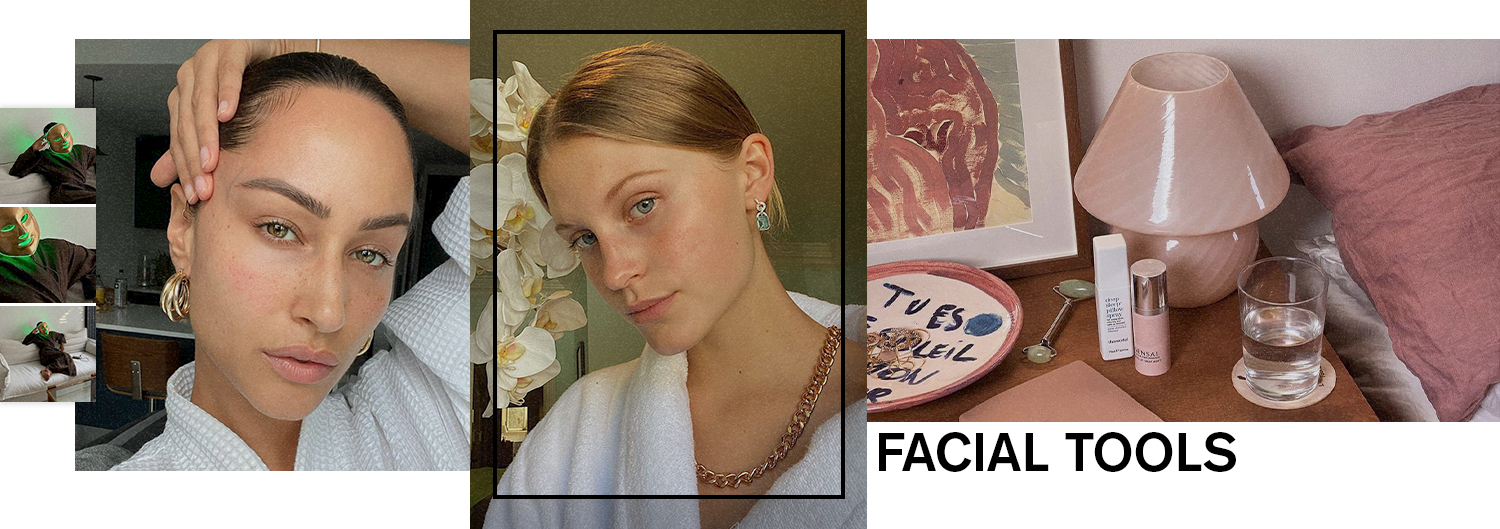
Weirdly, trend forecasts for the last five or so years have been telling us that new-gen, at-home facial tools are set to hit the big time, but it turns out it took a global pandemic for that prediction to come true. Demand for the most relaxing facial products meant that Boots saw a tenfold increase in searches for jade rollers, while Qvcuk.com saw a 200% increase in searches for facial tools in general. The most shocking turn of events, however, is that while jade rollers were no doubt popular, it was actually super-expensive, high-tech gadgets that came to define the category. In fact, Dr Dennis Gross saw a 400% increase in sales of the £430 DRx SpectraLite FaceWare Pro LED mask – an extremely high-end gadget that uses light therapy to treat a range of skin issues, from acne to ageing.
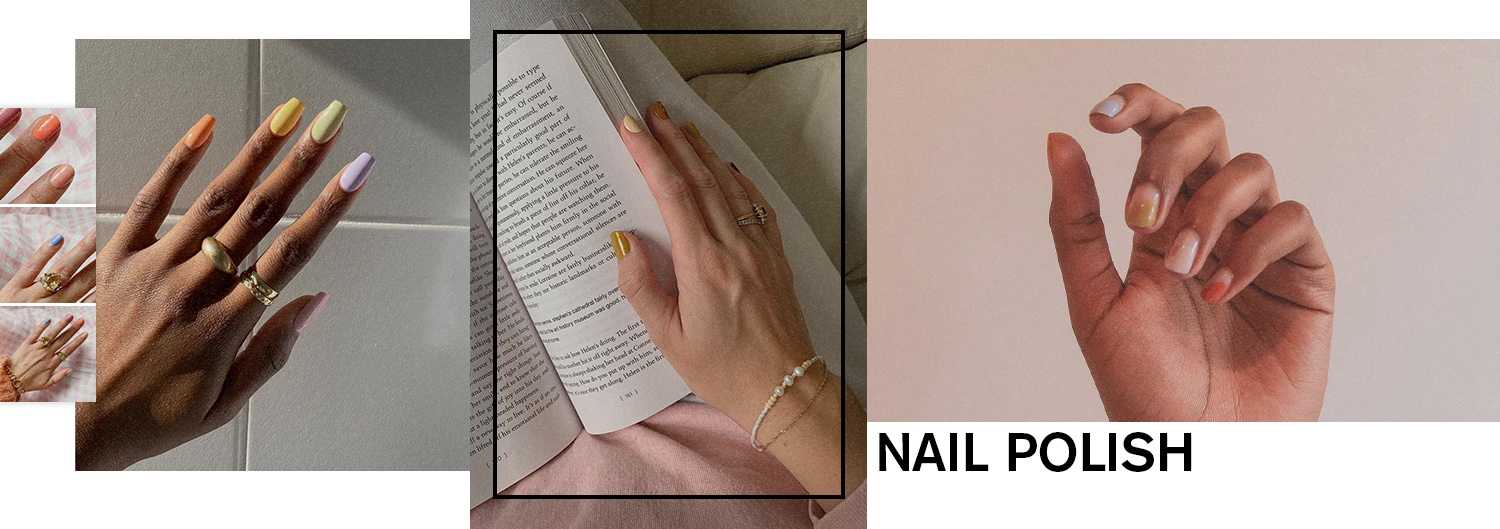
With some extra time at home and our go-to nail bars shut, it’s no wonder that nail polishes and at-home mani treatments are amongst the key beauty products of the year. Katrina Fulluck, Senior Buyer at ASOS says, “The nail category has seen huge increases in sales and demand since March due to our customers wanting to treat and colour their nails at home in the absence of salons. In addition to this, we’ve seen more engagement with our nail art content than any other on our Instagram channels, where our customers are searching for tips, tricks and inspiration to experiment with their nails themselves.” And while salon-finish polishes have been popular, so too have quick and easy stick-on nails. On the other end of the spectrum, those of us who decided to embrace natural nails turned to strengthening treatments like OPI Nail Envy, which saw a 330% rise in sales compared to 2019.
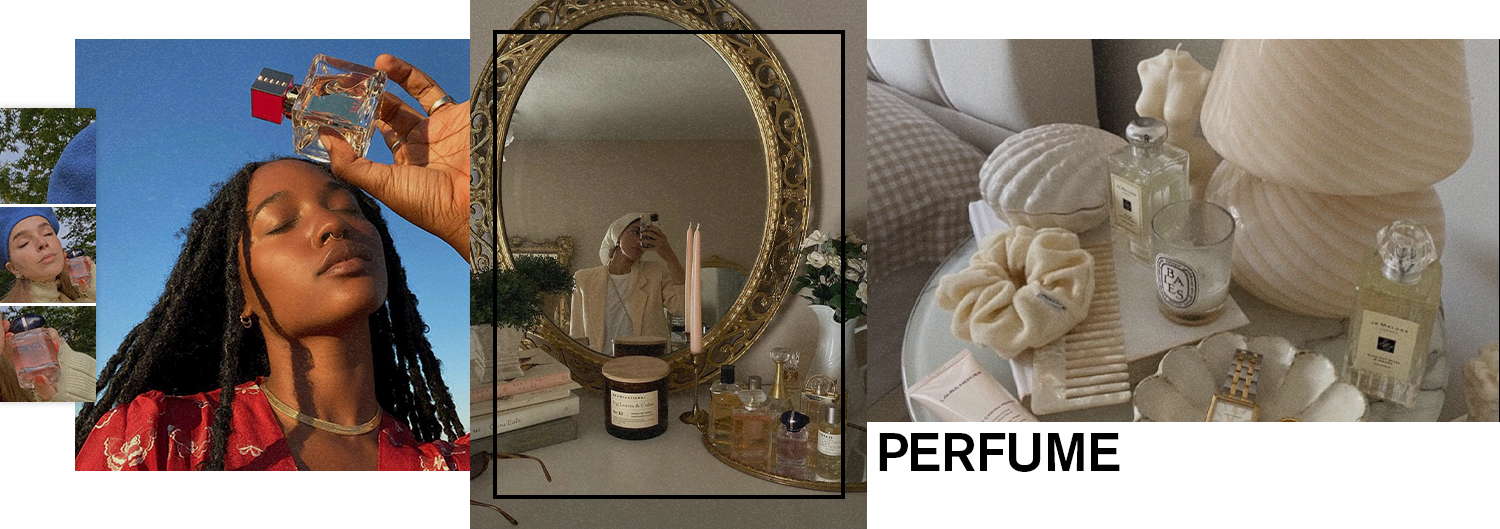
Out of all of the information that we have trawled through in order to compile this report, this inclusion is by far the biggest surprise. Considering so few of us has been able to commit to social plans or really any sort of social event for the best part of the year, it seems almost impossible that perfume dominated the beauty industry in any way. However, according to Google Trends, while demand for perfumes did take a nosedive at the start of lockdown, retailers are now reporting record-breaking sales. Newby Hands, Global Beauty Director at Net-a-Porter explains, “We have seen really strong interest in fragrance from September until now, perhaps due to customers in some regions being able to socialise a little more than they might have been able to earlier in the year.” And, while classic, cult bestsellers such as Escentric Molecule and Maison Francis Kurkdjian remained on top across luxury retailers, Marc Jacobs Perfect became the number one best-selling female fragrance of the year.
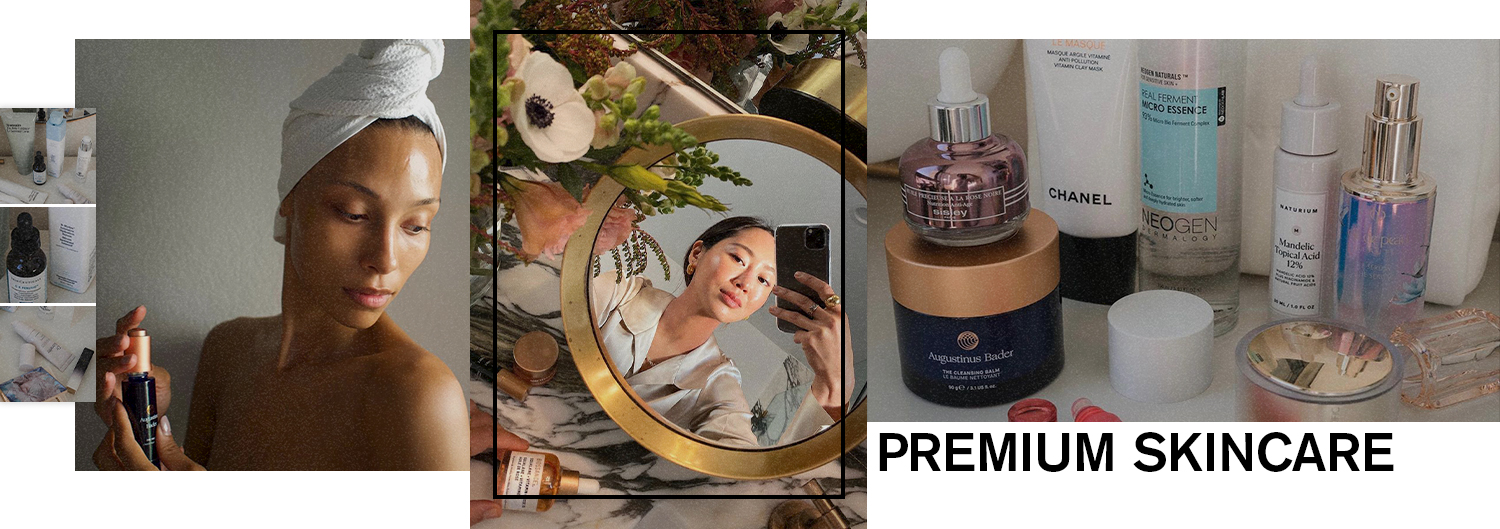
When we first noticed that seriously high-end skincare was having a moment in the spring, we had many in-depth conversations about this emerging trend on Who What Wear UK Zoom calls. First of all, we heard rumours that luxury retailers were struggling to keep La Mer in stock. Then, we started noticing an increase in demand for other, less well-known (but equally as expensive) serums and creams, too. During a time of economic instability, we just couldn’t work out what was happening. With the year drawing to a close, it’s safe to say that high-end skincare products totally dominated the market for the majority of 2020. While brands like Augustinus Bader, Dr Barabara Sturm, La Mer and Sisley have always had a certain prominence industry-wide, Space NK confirmed our suspicions that the trend was very much a thing when they informed us that they have seen a 25% increase on purchases of skincare products that cost over £200 in the last year. It seems that with our lives becoming more insular, the investments we’re willing to make in ourselves will only keep rising.
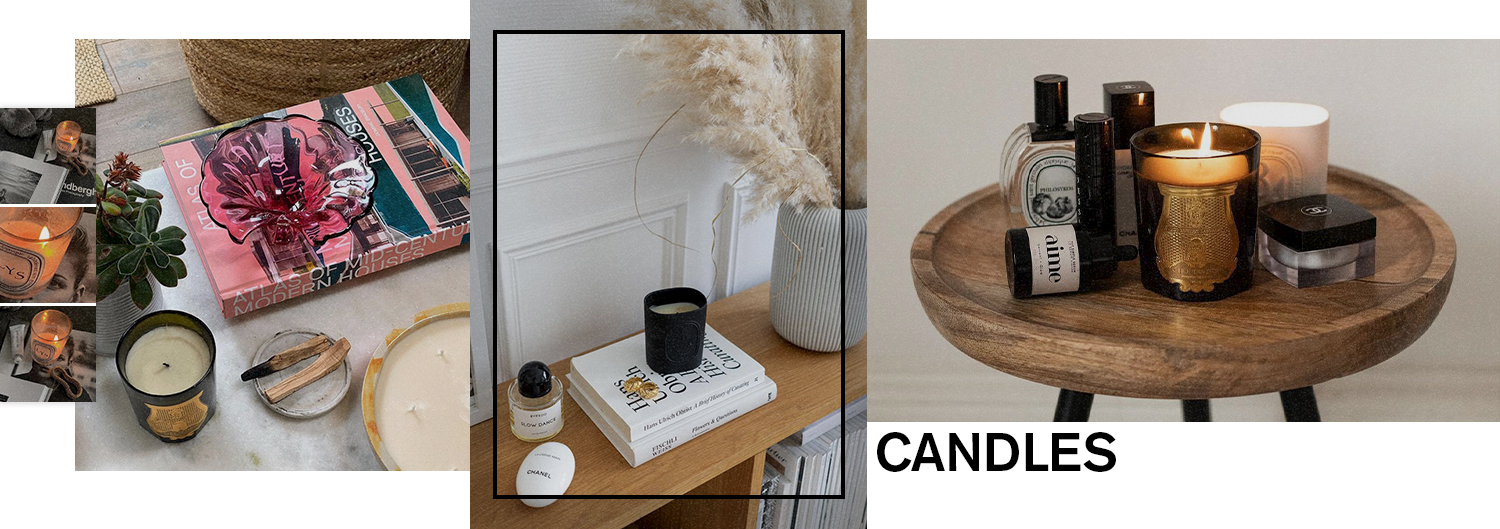
Believe it or not, it didn’t take us weeks of research to know that candles would feature at least somewhere in this report. Spending more time at home has naturally meant that we’re all more desperate than ever to make sure our surroundings are enjoyable and relaxing. However, it’s not just candles that hit the big time; room diffusers became wildly popular too. In fact, in comparison, John Lewis saw a 182% rise in online searches for candles compared to 2019, but a whopping 1017% increase in searches for reed diffusers. Similarly, Neom’s Wellbeing Pod Essential Oil Diffuser became one of Lookfantastic’s bestsellers. And the good news is, this surge in demand is likely to bring us more choice in the future. Alex Scolding, Head of Buying as ASOS explains, “The rituals that give you a sense of self-esteem and well-being have built as the pandemic has continued. We’ve seen exponential success with bathing products, aromatherapy, candles and sleep products, so are actively growing our assortment in these areas.”
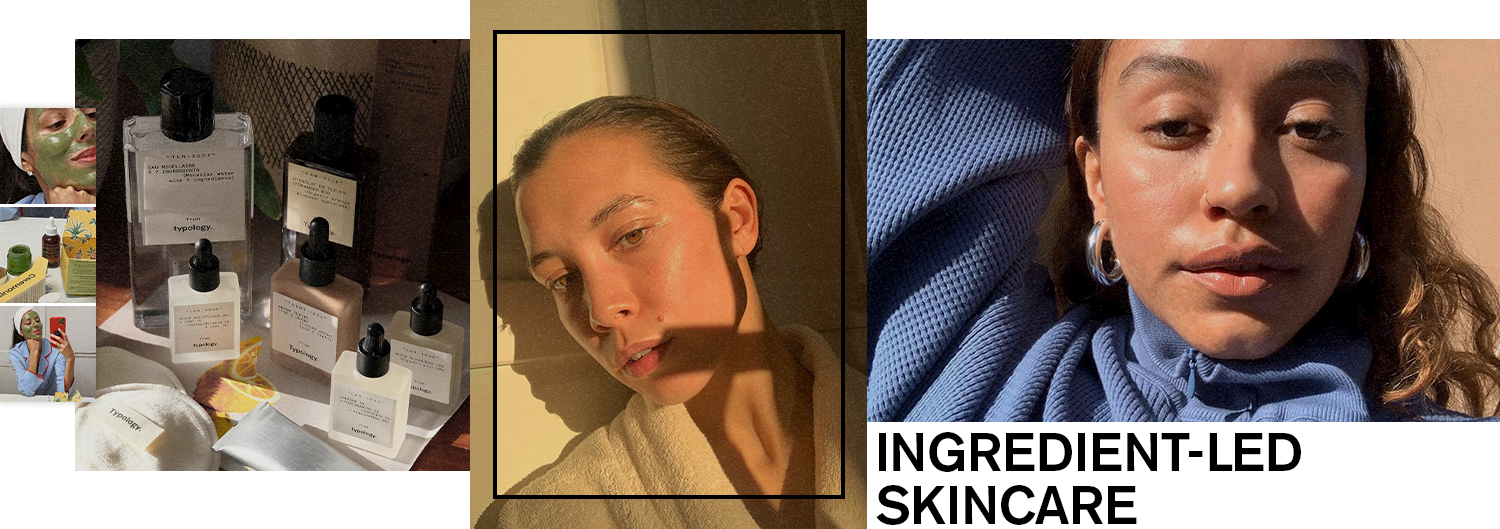
For many, self-care goes hand-in-hand with skincare, so it’s understandable, therefore, that 2020 saw growing demand for skincare knowledge. Without beauticians and aestheticians to turn to in times of need, many of us had to educate ourselves on areas of our beauty routines we would previously leave to the experts. Because of this, our knowledge on specific ingredients grew, and with that so did our buying interest. Vitamin C alone saw a 5000% increase in searches on Boots.com during lockdown, and brands like The Ordinary and The Inkey List, that focus of ingredient-led skincare products, were bestsellers across the board. The standout beauty moment of 2020 though, if you ask us, was the massively hyped launch of No7 Advanced Retinol 1.5% Complex Night Concentrate. Despite launching during lockdown, a tube sold every two seconds in the first hour of its launch.
ADVERTISEMENT
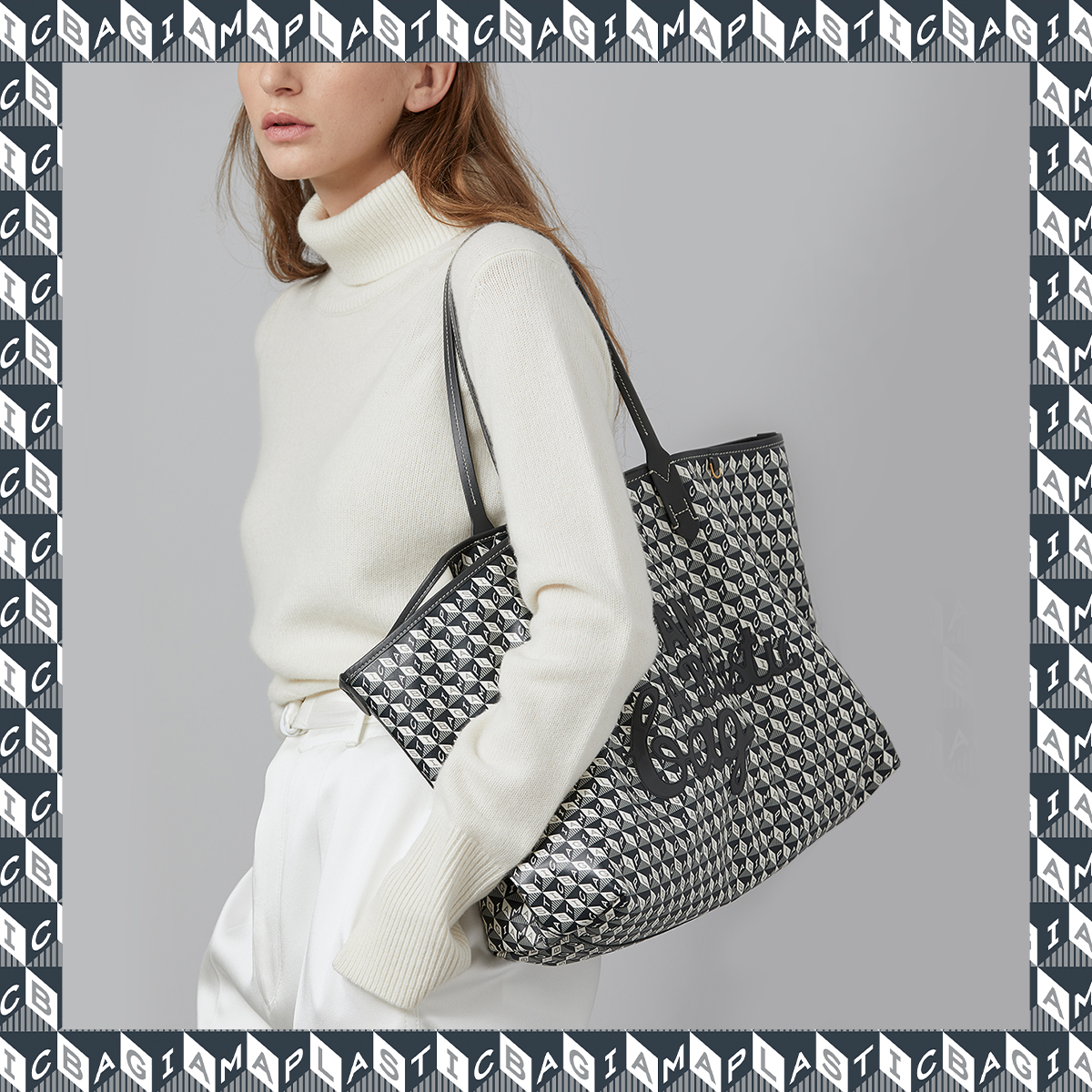
ADVERTISEMENT
Anya Hindmarch - I AM A PLASTIC BAG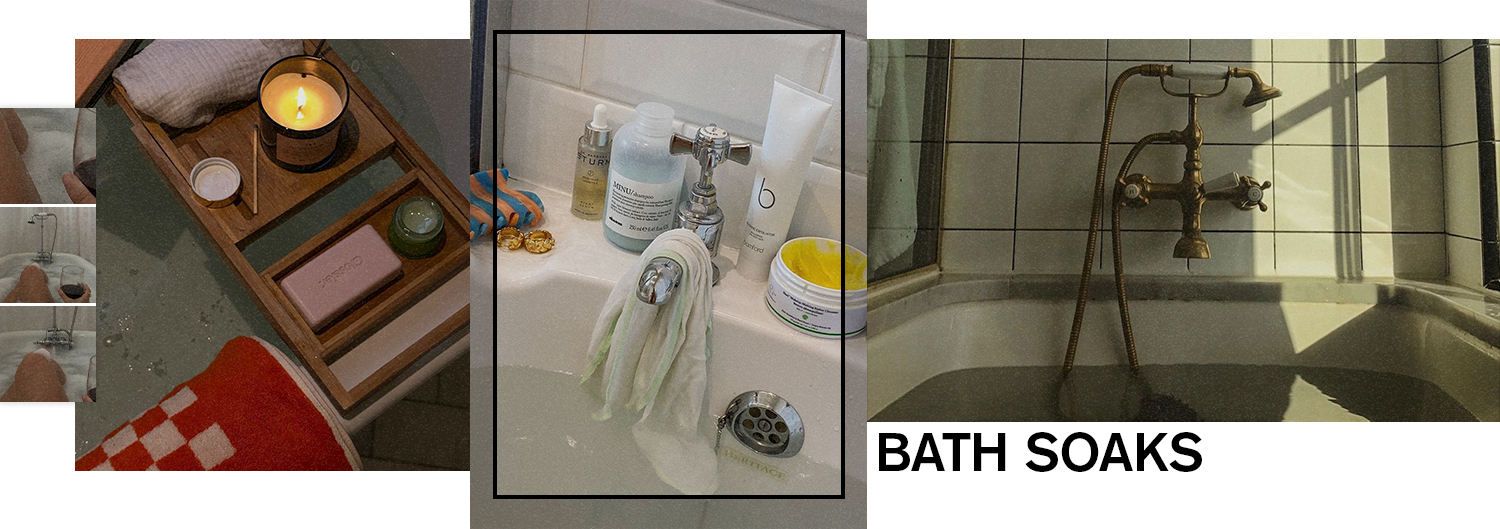
If you ask us, no single beauty ritual sums up 2020 better than a nice relaxing bath. With stress levels at an all-time high, many of us turned to the soothing powers of aromatherapy and luxe bath textures to quell our troubles. Bathing products like bath bombs, salts and soaks drove big increases in bodycare across the board with many of our favourite formulas selling out week after week. While cult classics like Dr Teal’s Lavender Soak saw incredible success, the bath trend also paved the way for newcomers to find fame too. Soapsmith, one of our favourite bath brands to come onto the scene in 2020, only released its Camden bath soak in May, but rave reviews from beauty editors and influencers means that it is now the brand’s bestselling product. And trust us, it’s good.
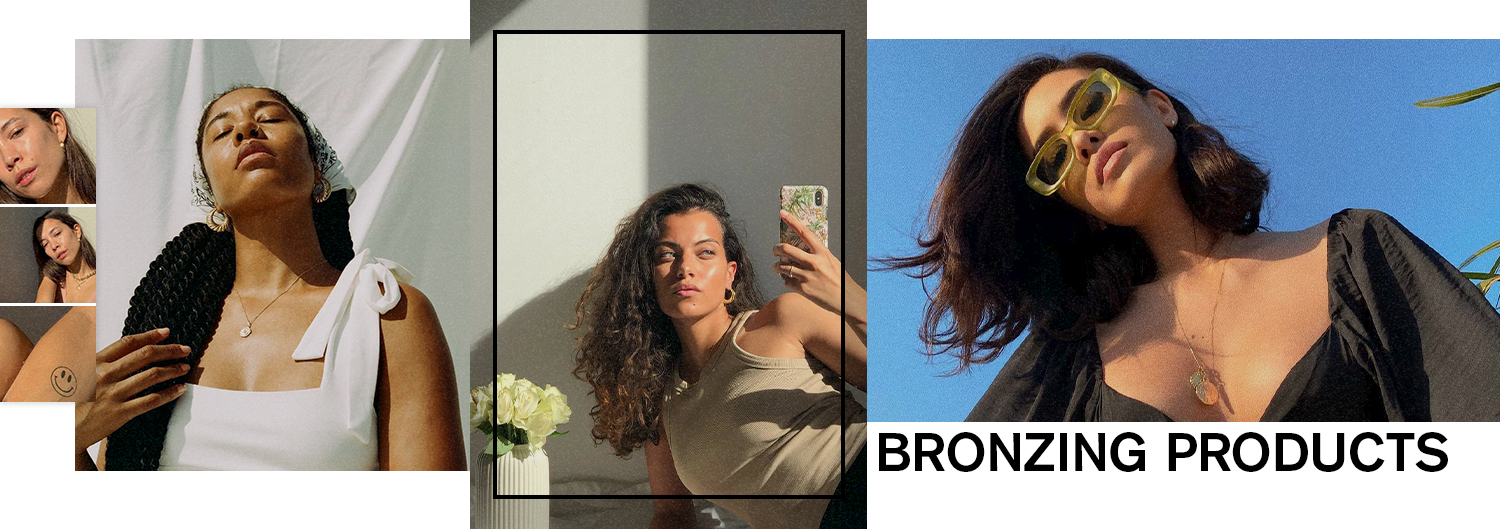
Sadly, we’re still dreaming of holidays to faraway lands to top up our vitamin D levels. However, just because we haven’t been able to work on our real tans (not that anyone should be, of course, especially not without SPF), that’s not to say we’ve spent the year sans golden glow. Instead of utilising the sun, many have simply been turning to bronzing products instead. While ASOS sold 44,000 tanning mitts during the first lockdown, John Lewis sold enough Chanel Healthy Glow Bronzing Creams to fill 17,000 2.55 bags. And, we don’t think it would be fair to talk about faux glow without mentioning the tanning drop hype that we saw take place this year. In a bid to keep our faces looking sunkissed and bronzed with minimal fuss, many turned to gradual tanning drops over the summer months. As a result, cult tanning brand Isle of Paradise has seen some of the biggest year on year search growth that Google has ever seen.
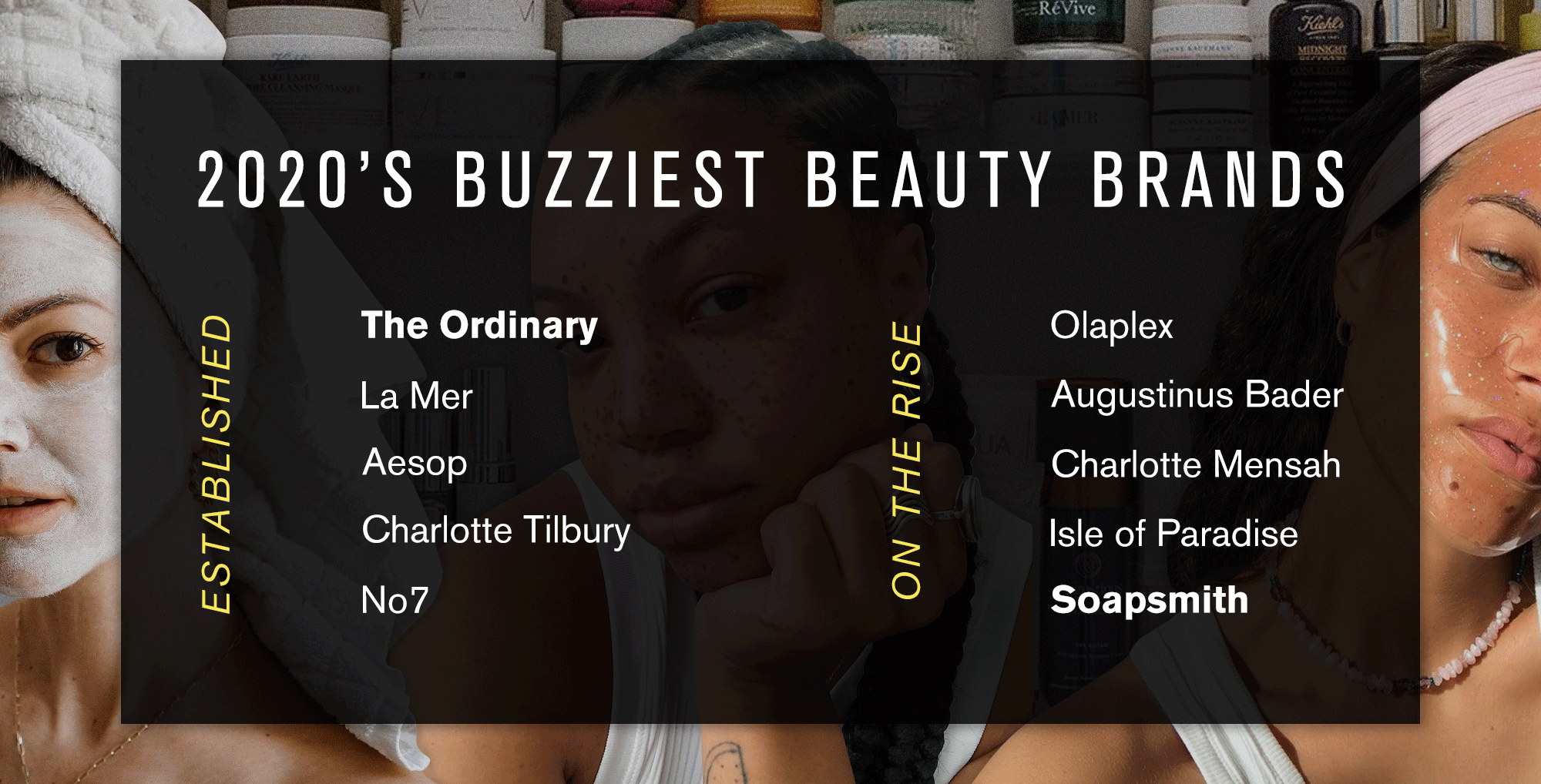
While we have certainly relied on specific products to get us through the year, it’s also worth noting that some brands have had general success across the board. Already very well-established brands saw even great success in 2020, with skincare being the main driving force. ASOS sold one The Ordinary product every two seconds, and despite stocking a vast number of premium brands across all departments, No7 was Boots’ top-selling beauty brand of the year.
Having said this, it would be almost criminal not to pay tribute to some of the beauty brands that took to the main stage this year. While Olaplex might seem like a major player given its outstanding success, it’s important to remember it’s still a relatively new, independent brand. On a smaller scale, UK-based bath and body brand Soapsmith also rose to prominence, with beauty editors and experts far and wide raving about its scented bath salts and washes. Expert-led brands led the way in 2020. Afro hair brand, Charlotte Mensah, had a particularly notable year, with large retailers taking the brand on and the founder herself releasing a cult book. Leading stem cell and biomedical scientist, Professor Augustinus Bader saw his high-end skincare brand hit bestsellers lists across a huge number of retailers, while celebrity tanner Jules von Hep saw mass sell out on his Isle of Paradise tanning drops. While beauty’s main players will always have a place in our routines, be sure to keep an eye on these upcoming brands as we go into 2021—we know all too well when it comes to beauty, independent brands always end up on top eventually.
Next up, see our guide to the key trends for spring summer 2021.
Author Shannon Lawlor | Whowhatwear
Selected by CWC
ADVERTISEMENT
ADVERTISEMENTUp to 30% off Gift Sets |




